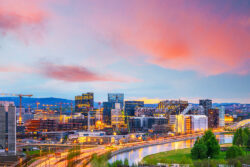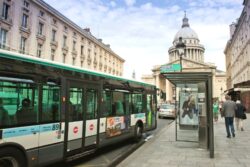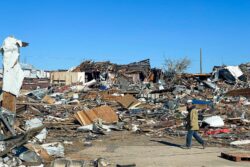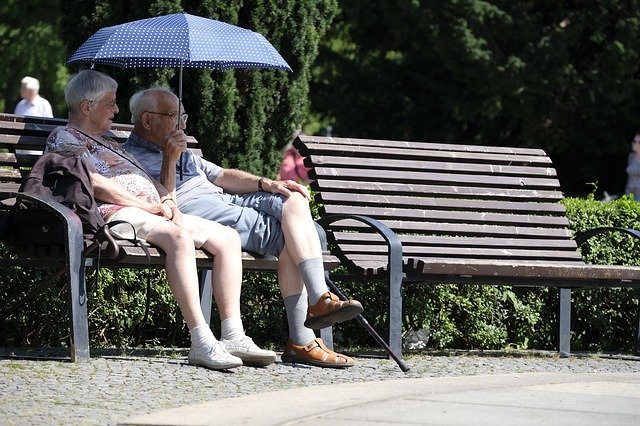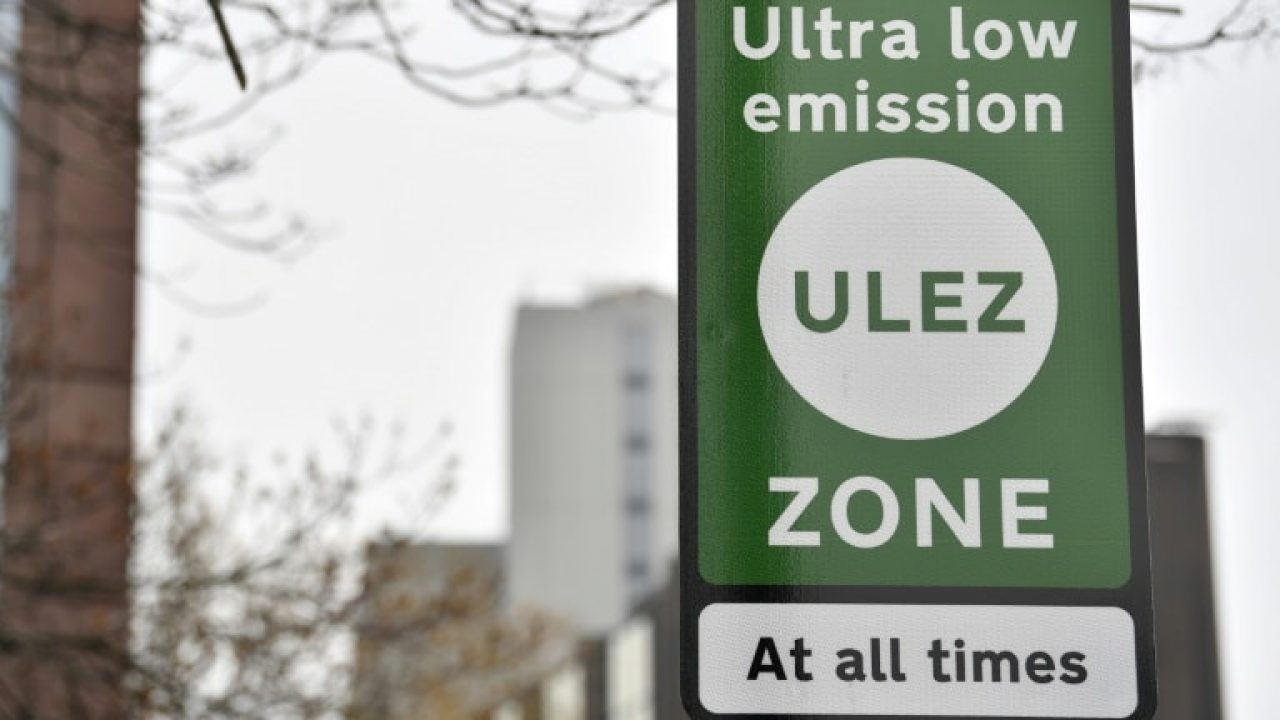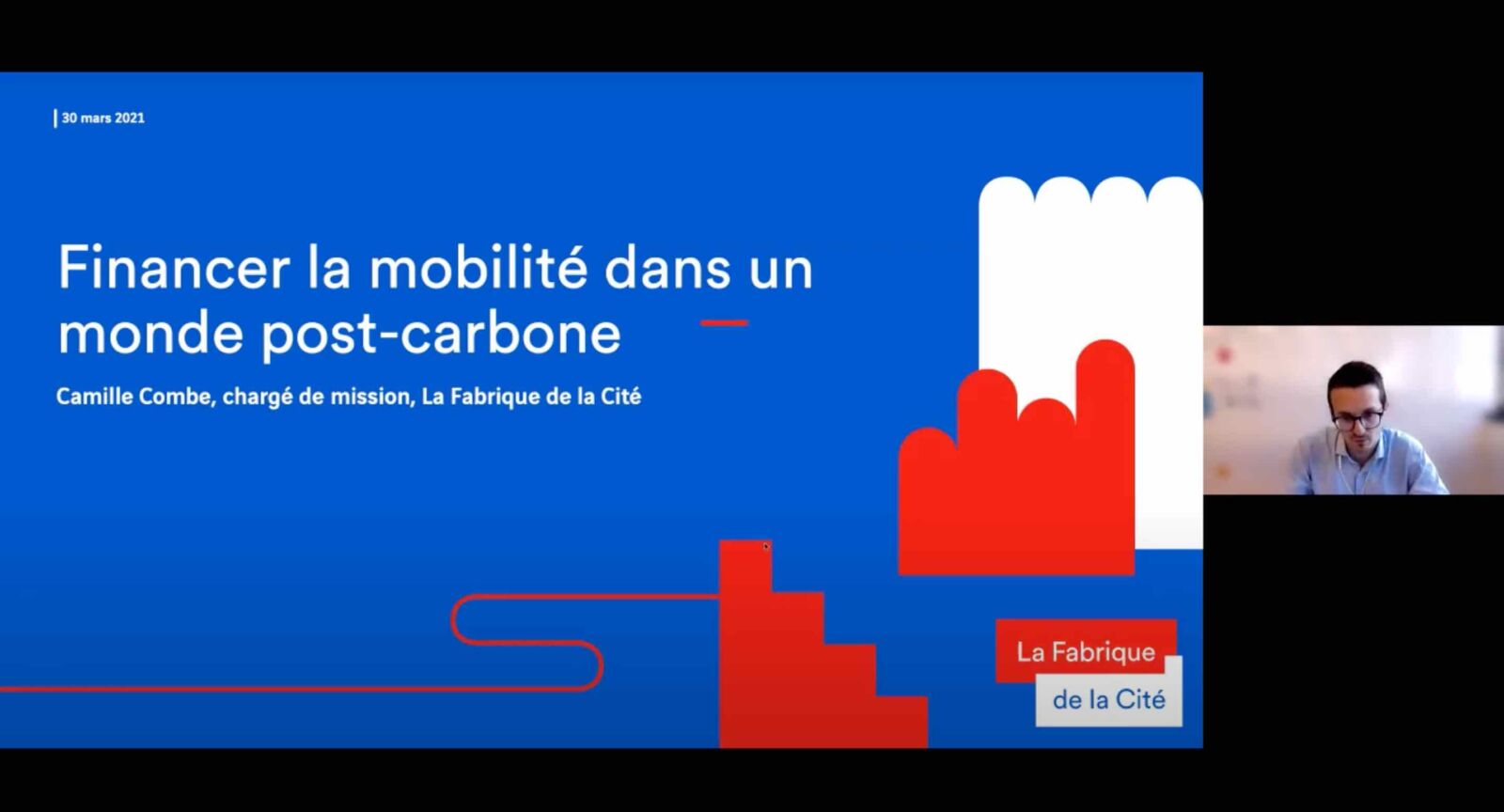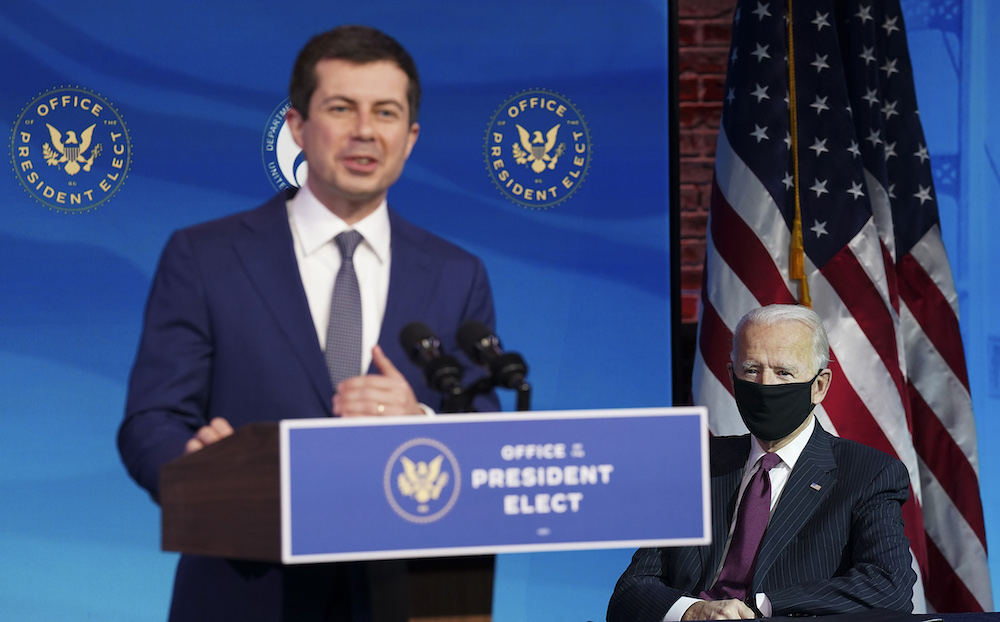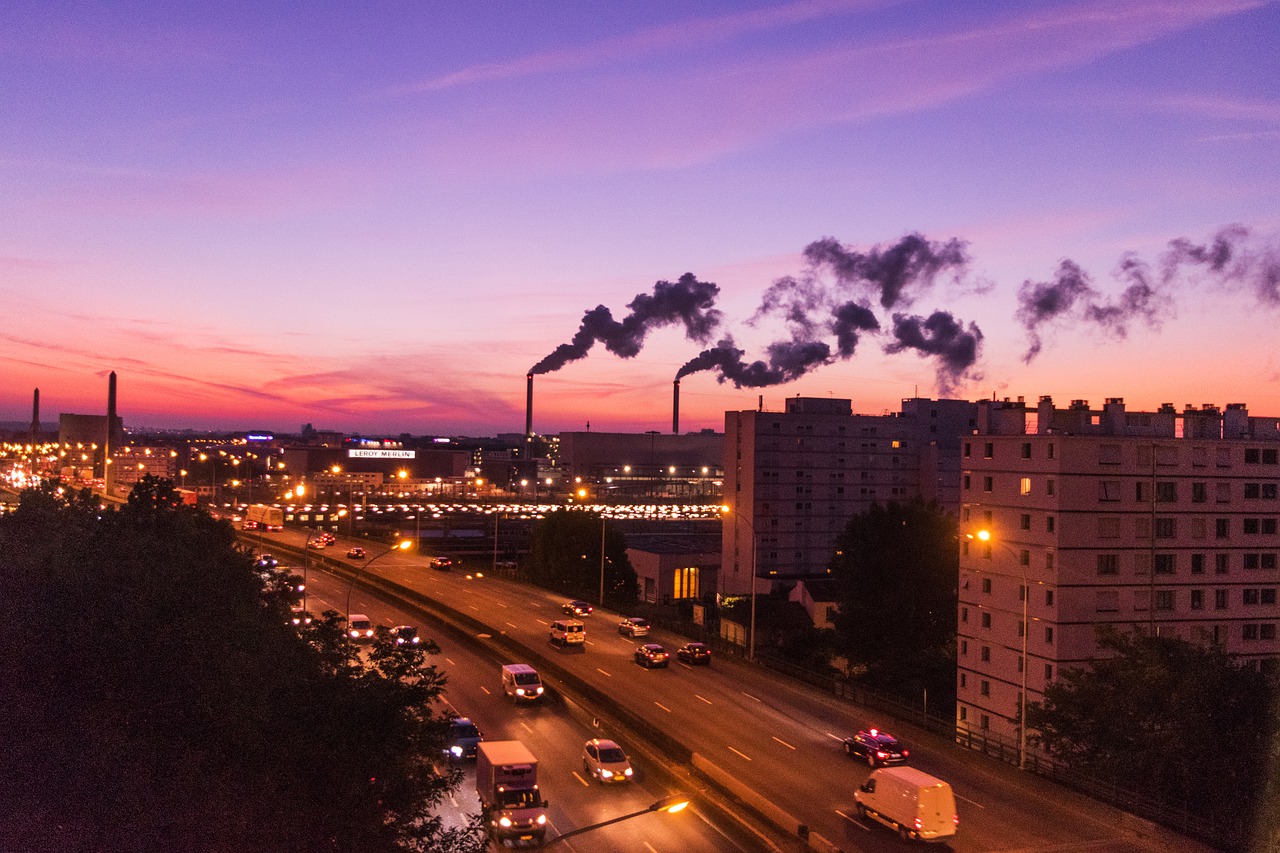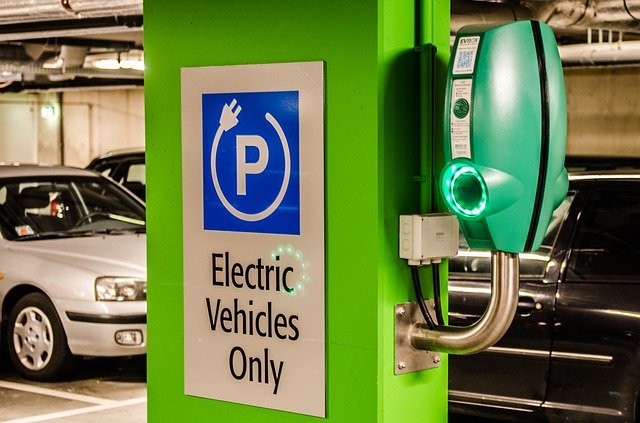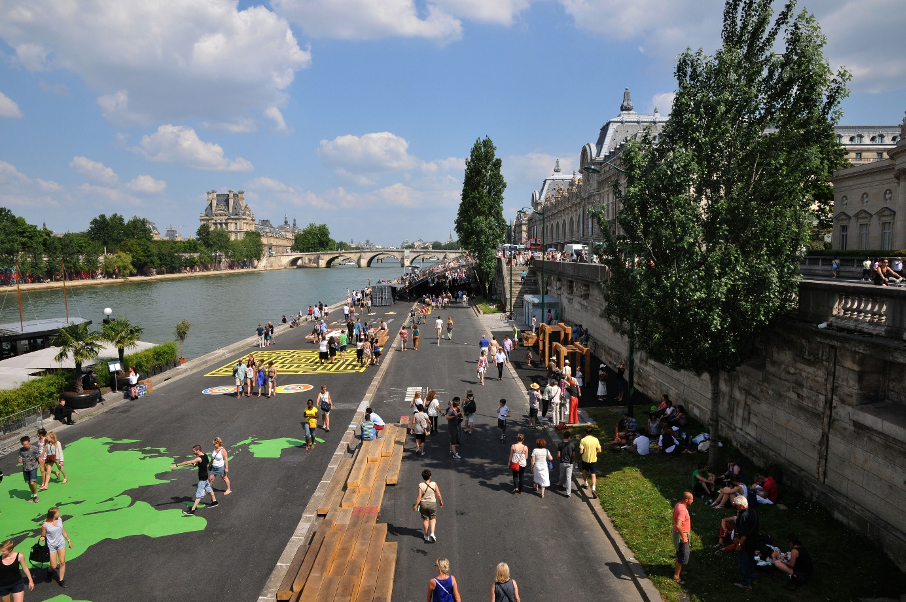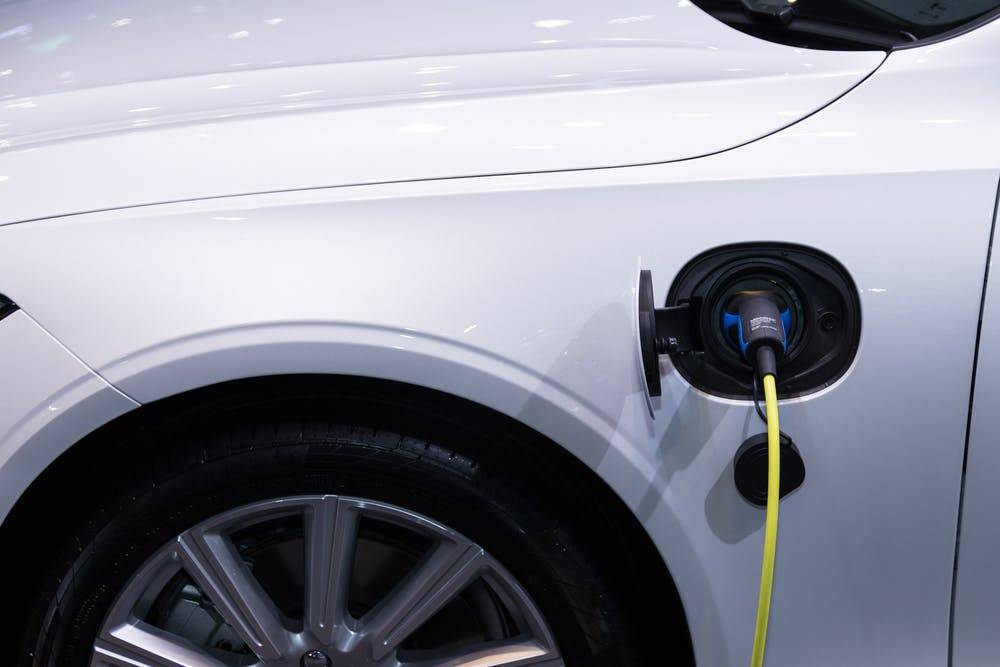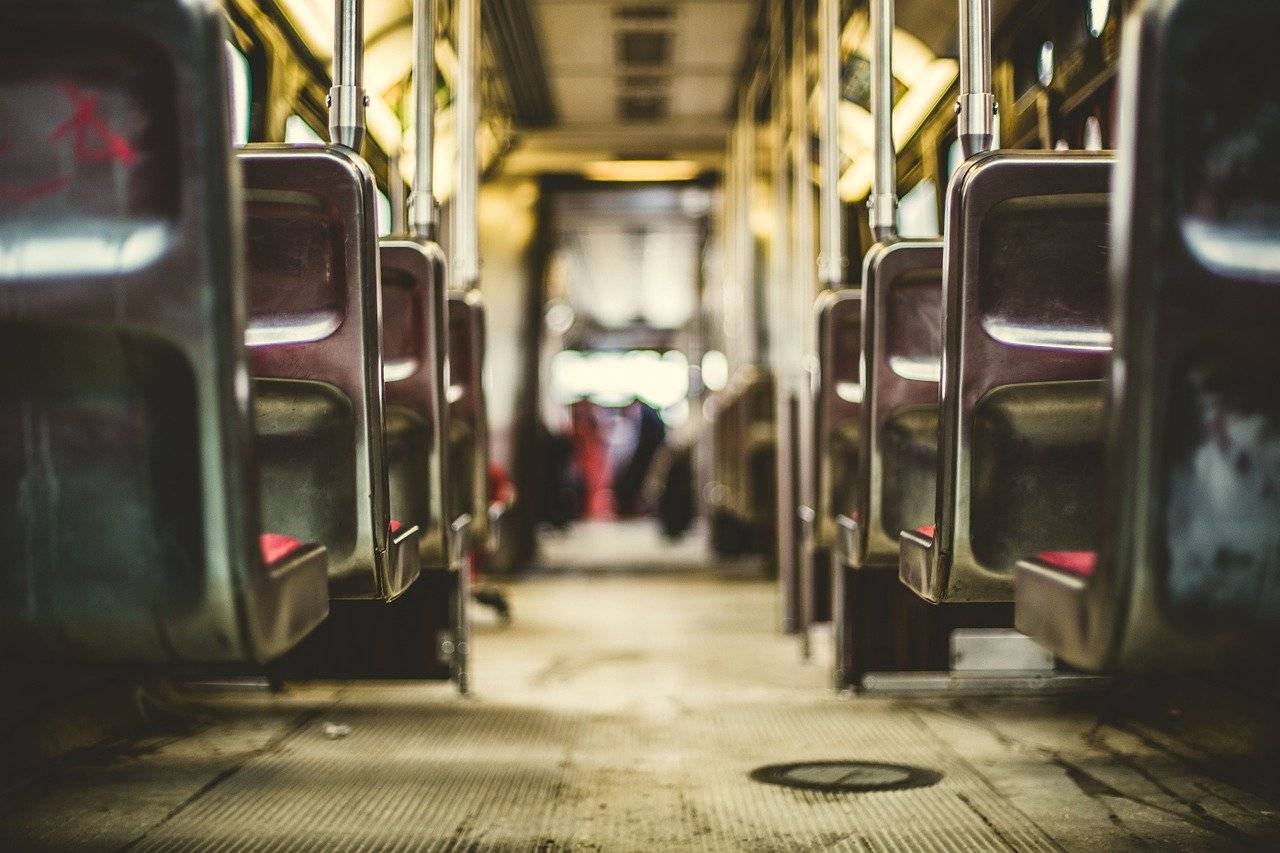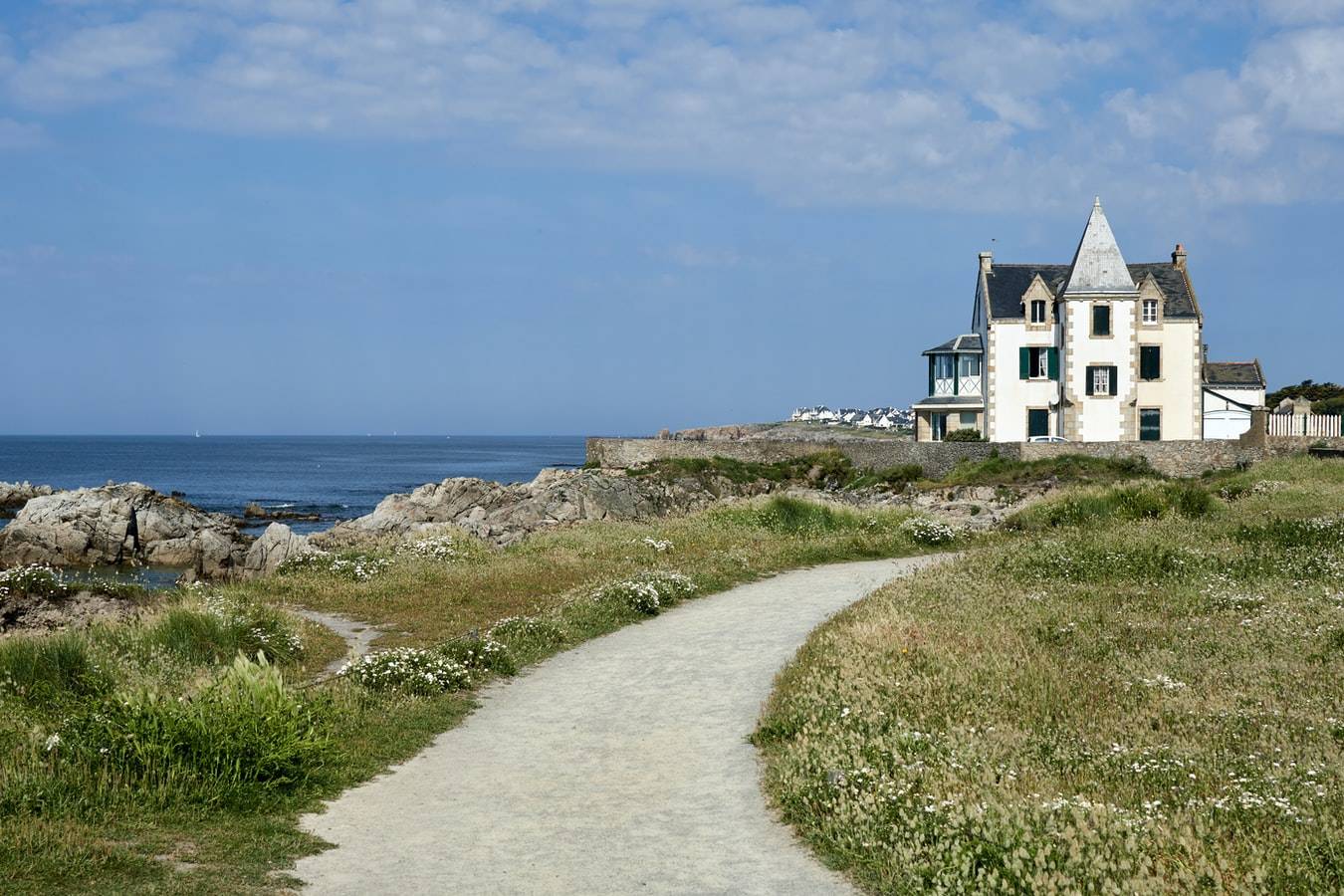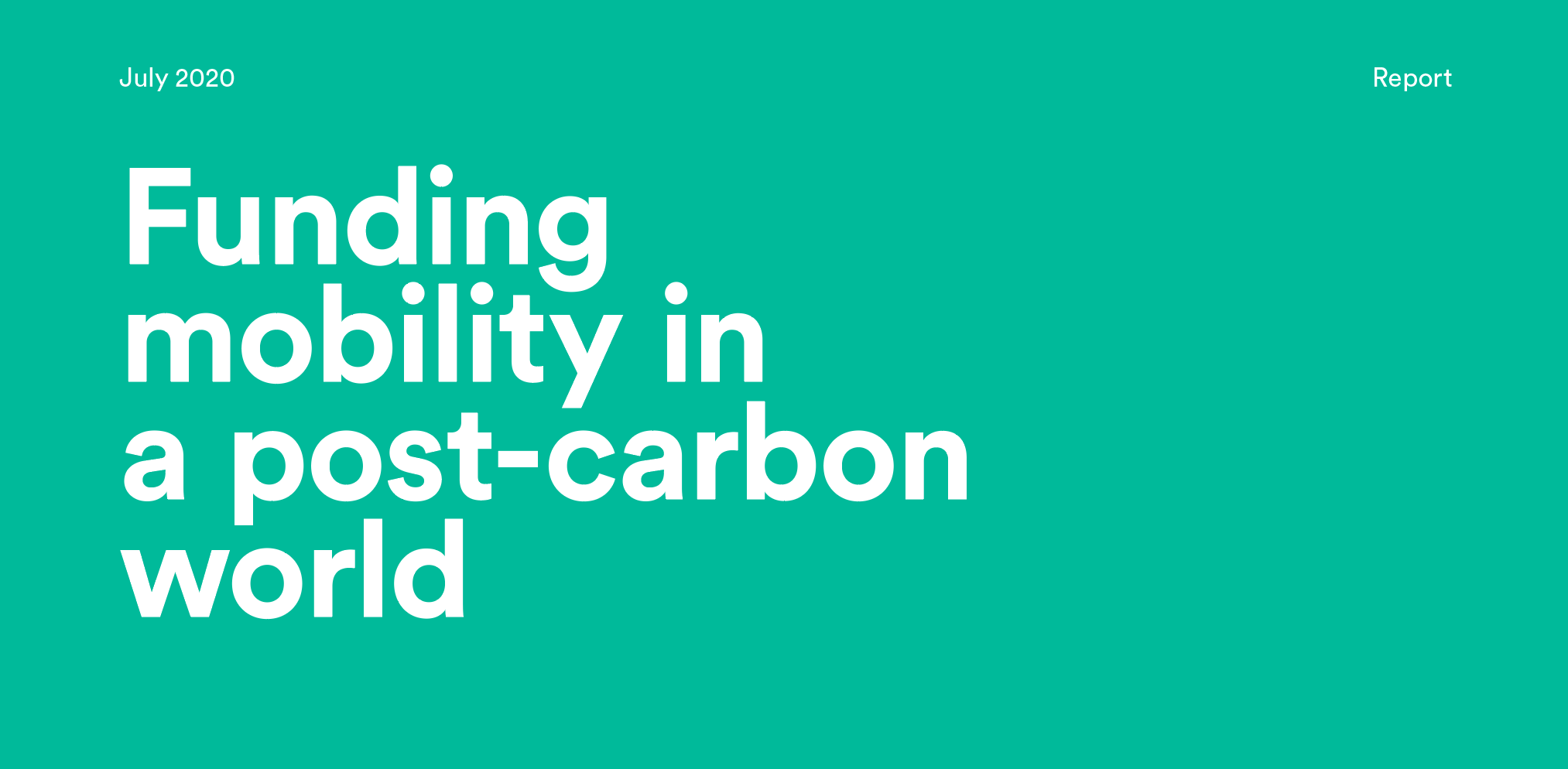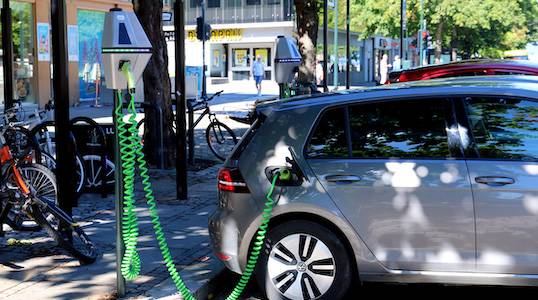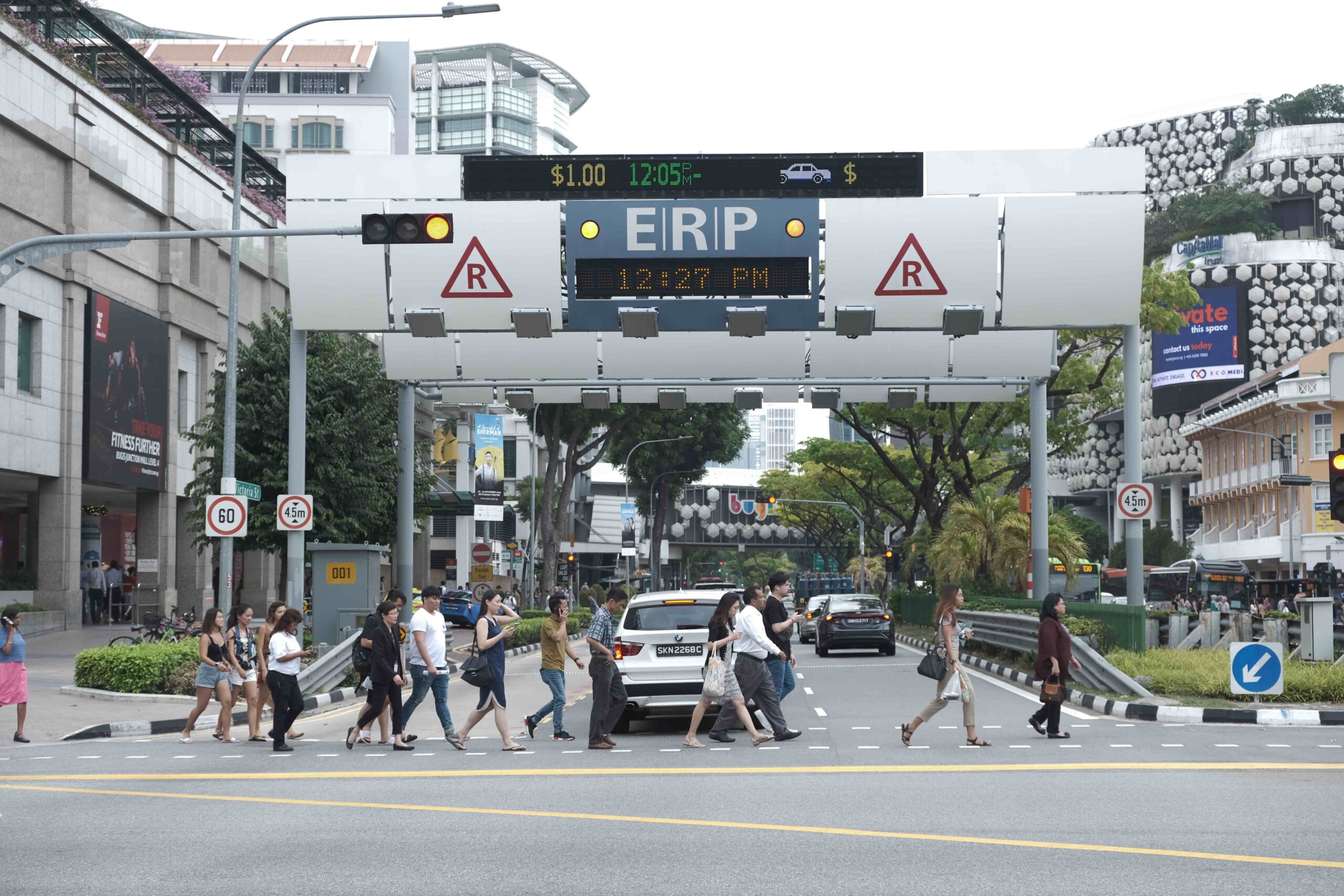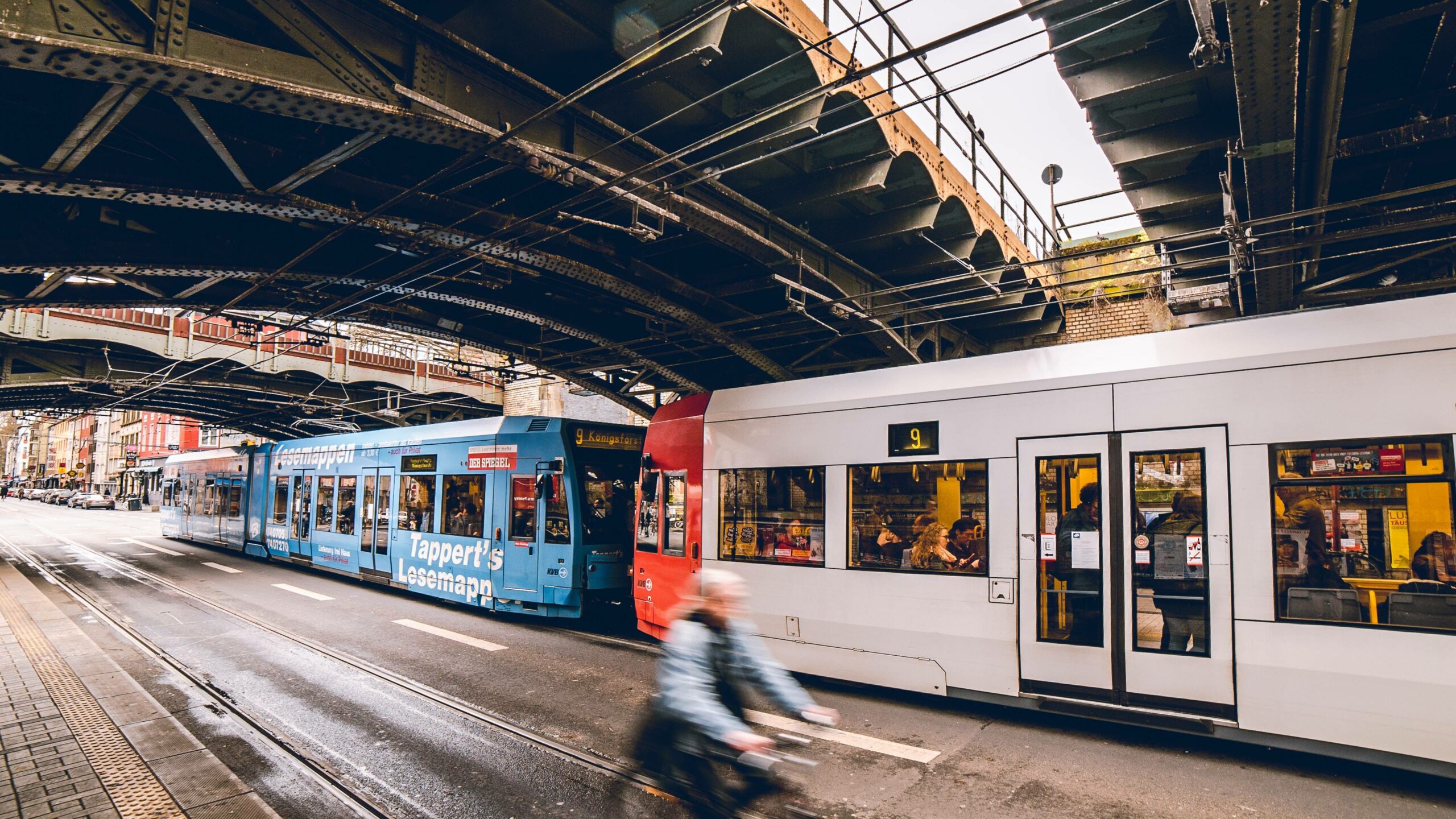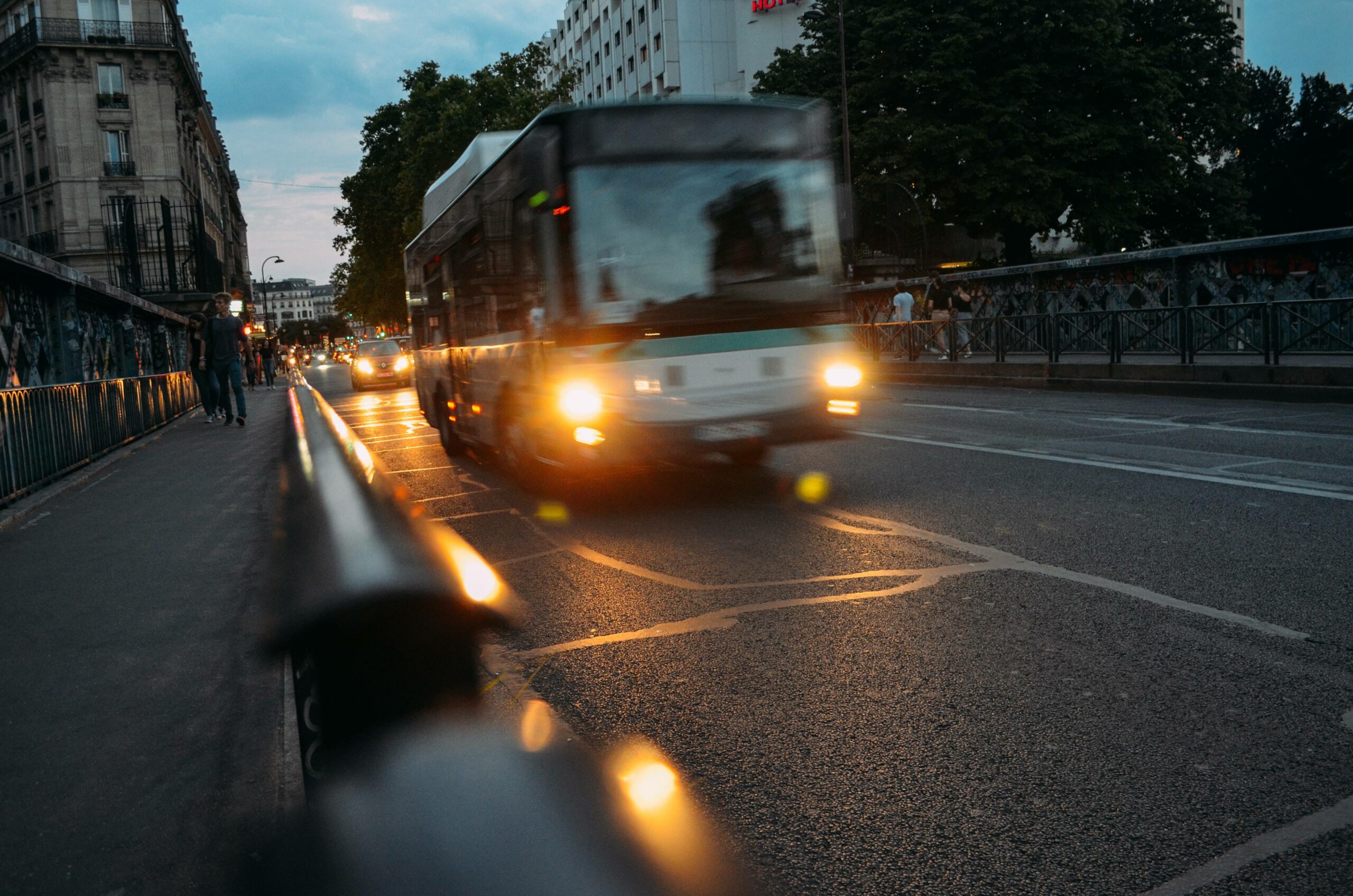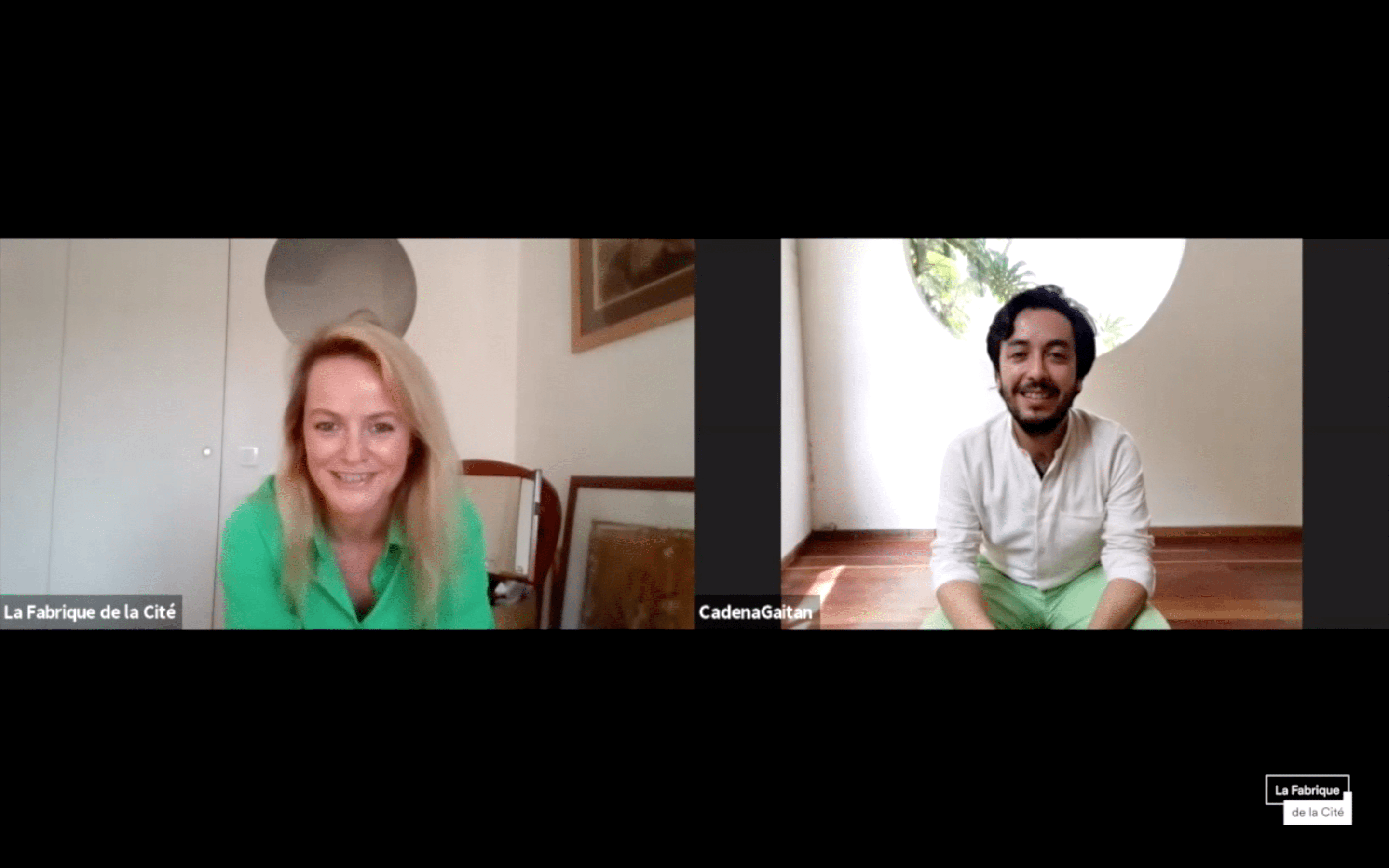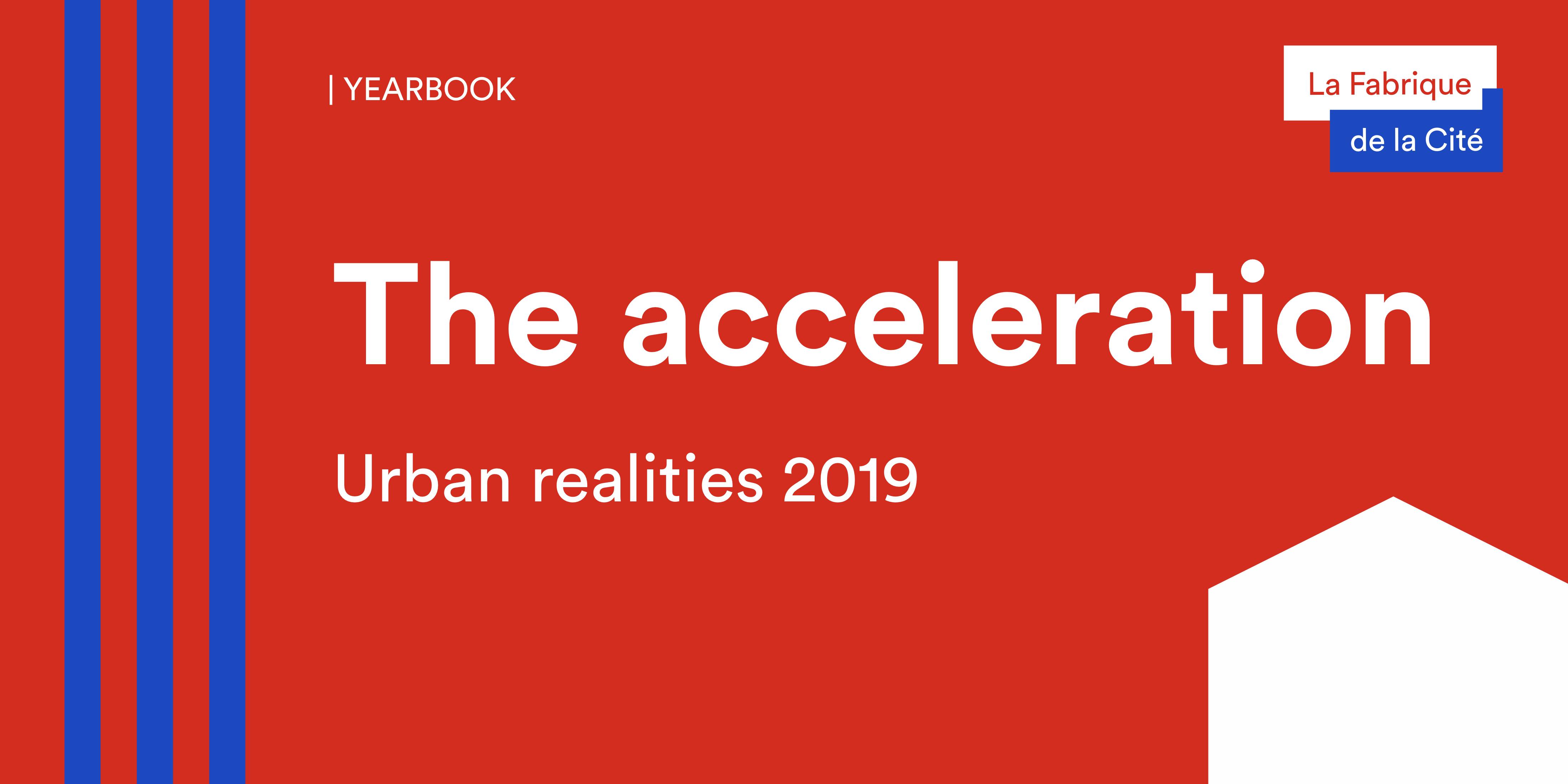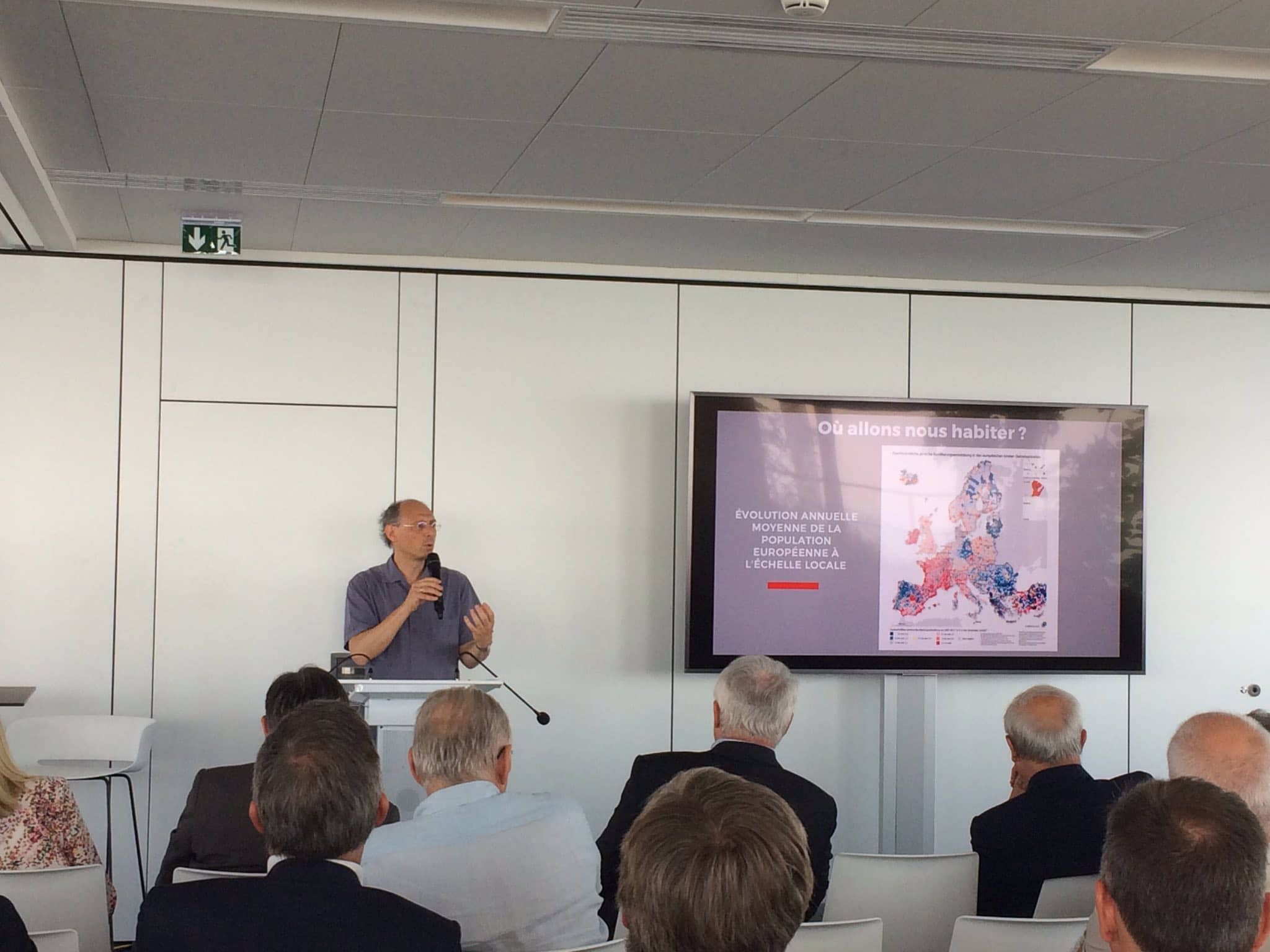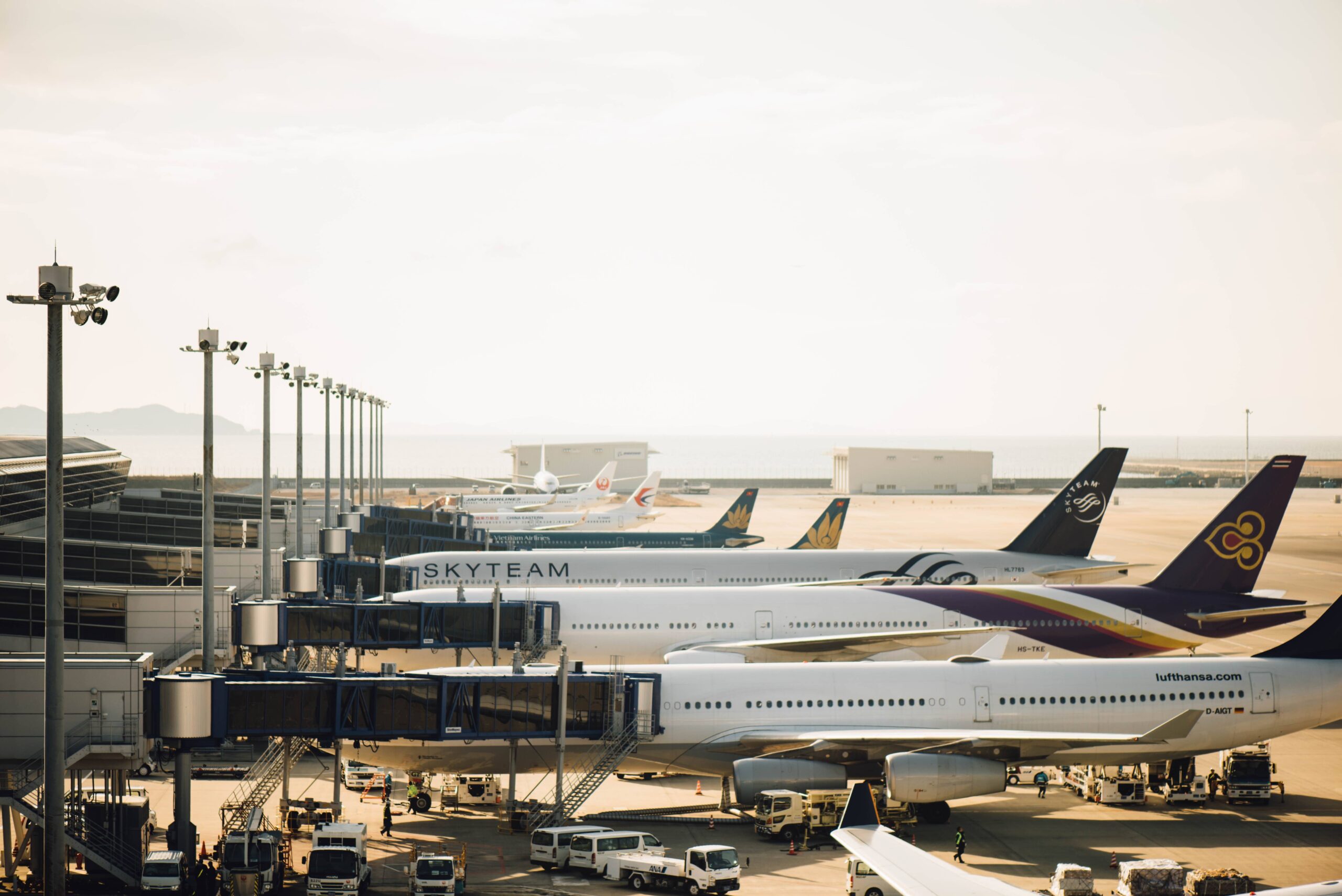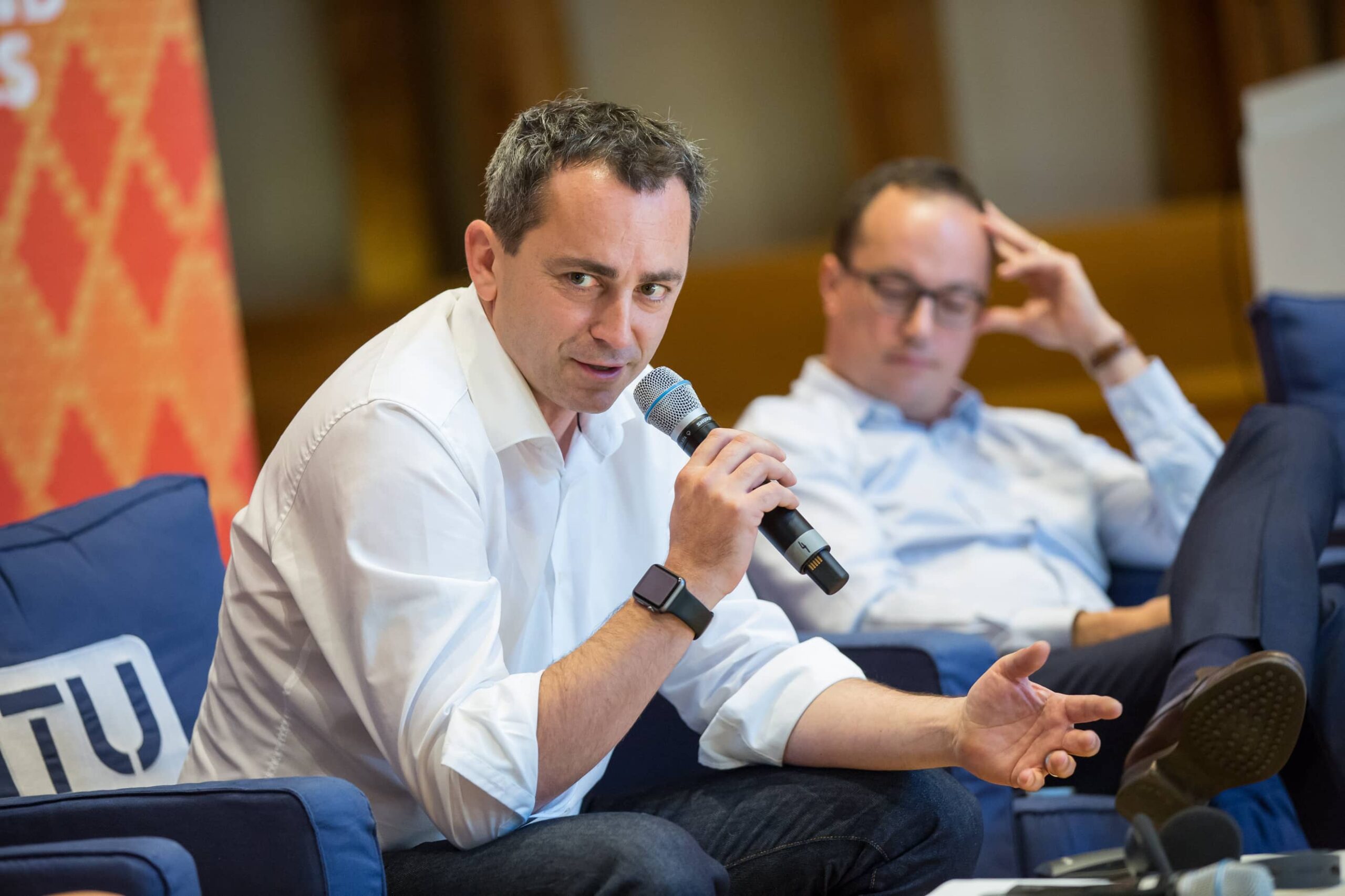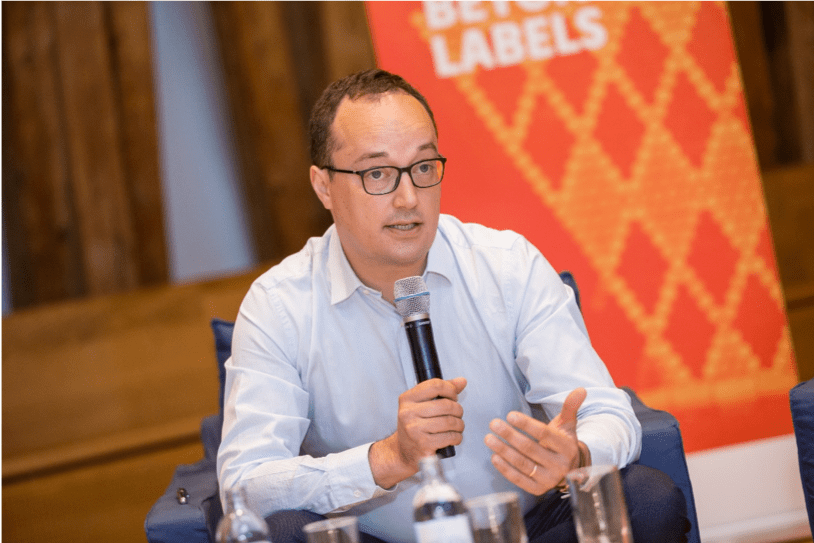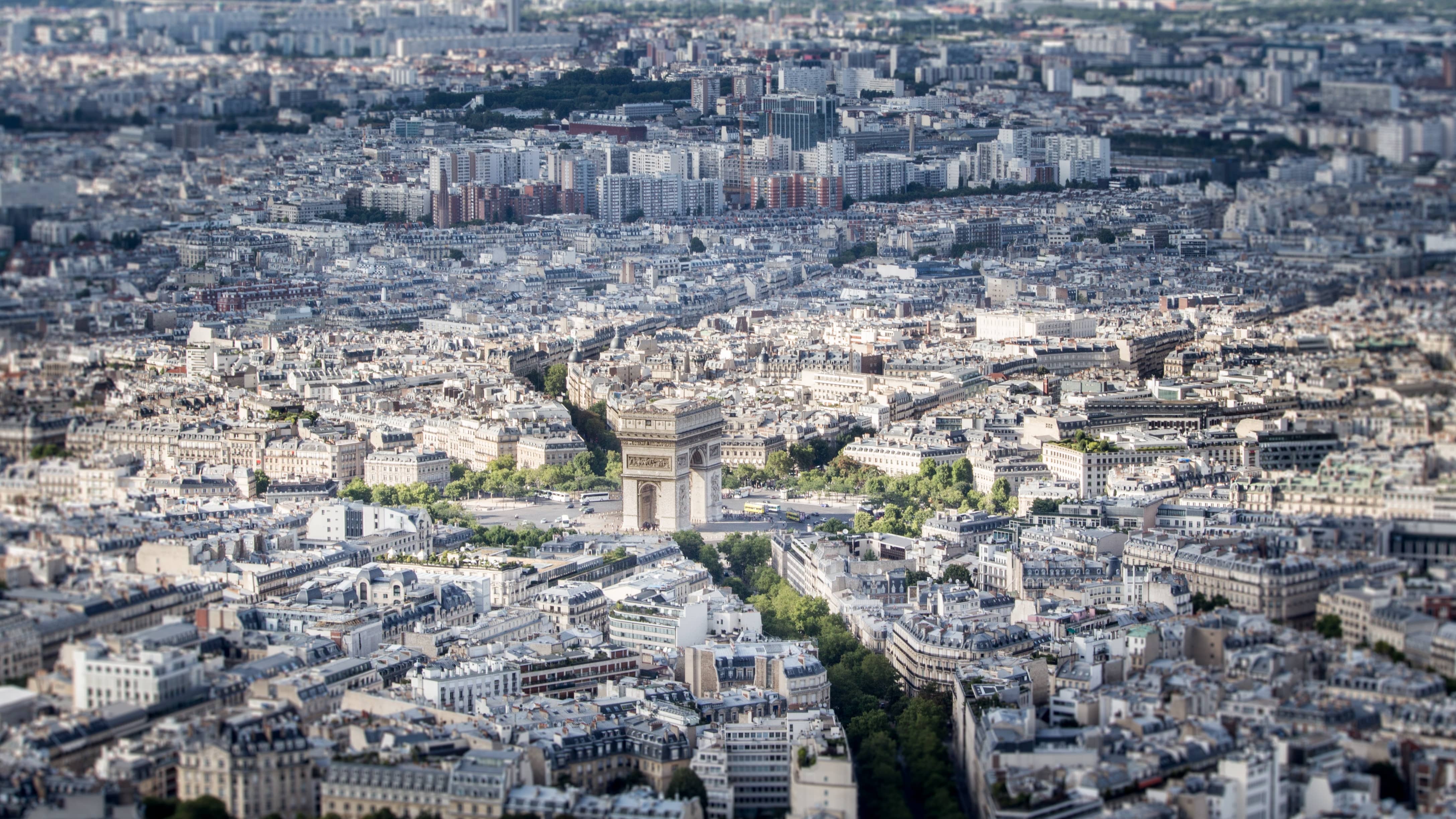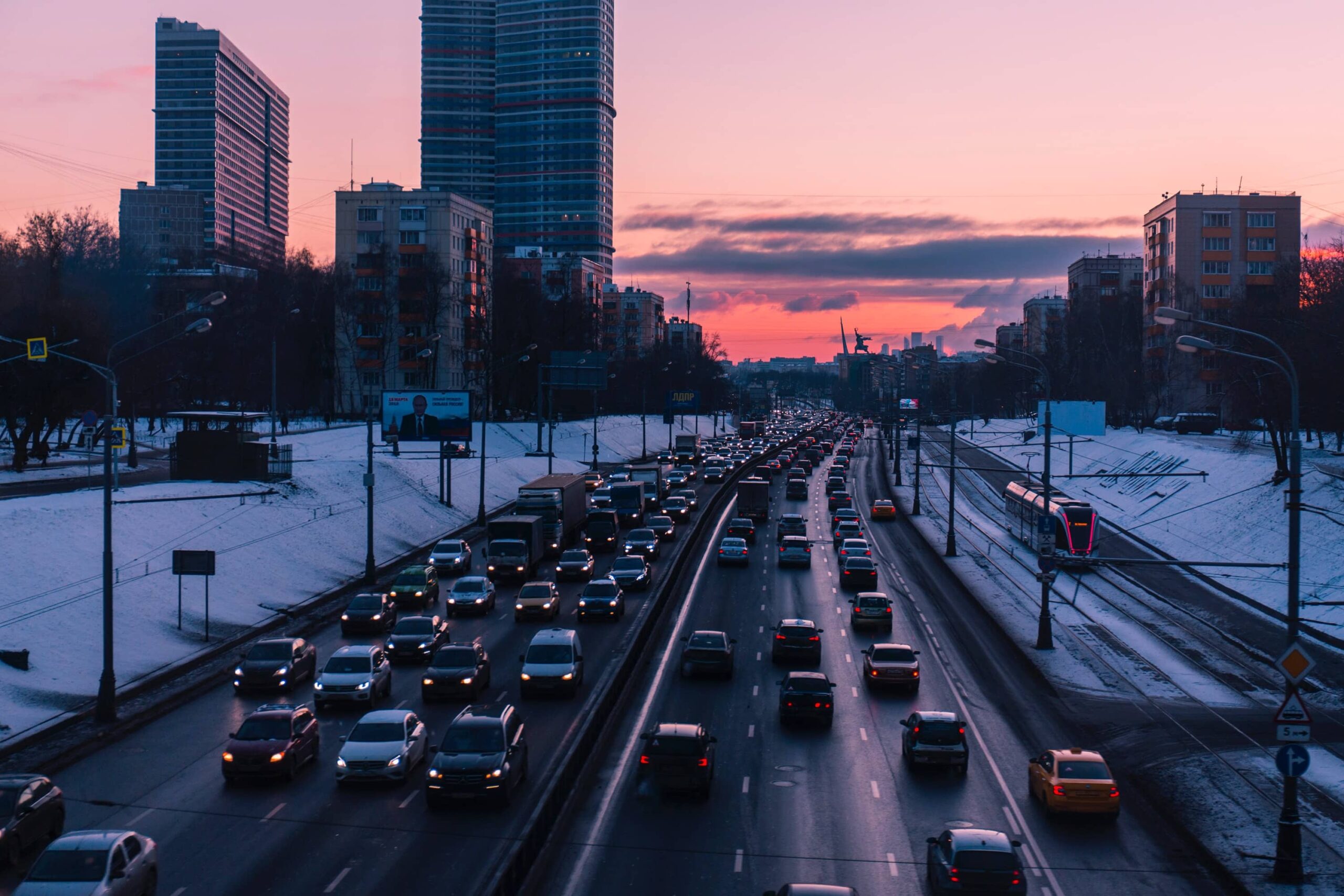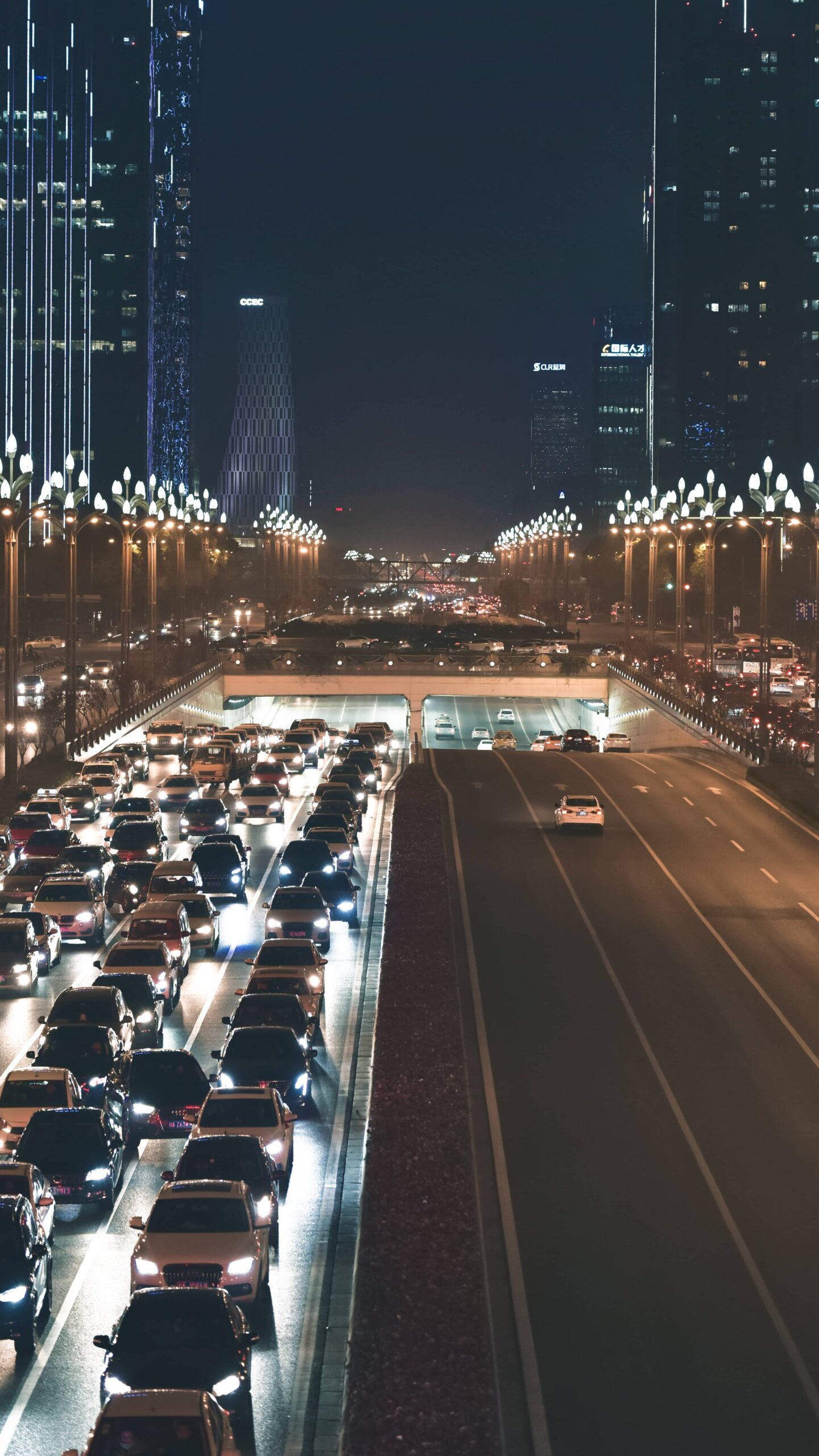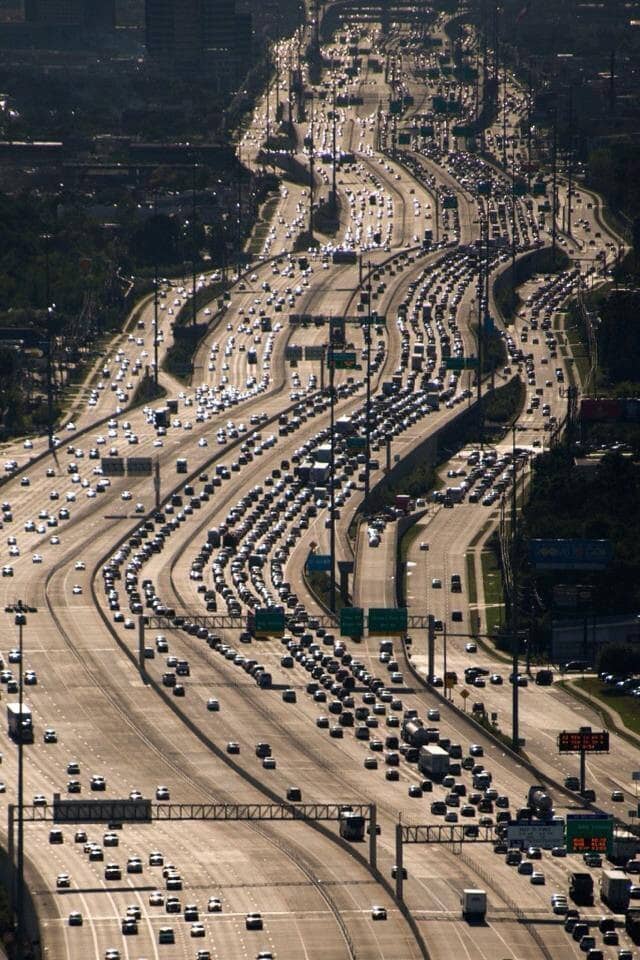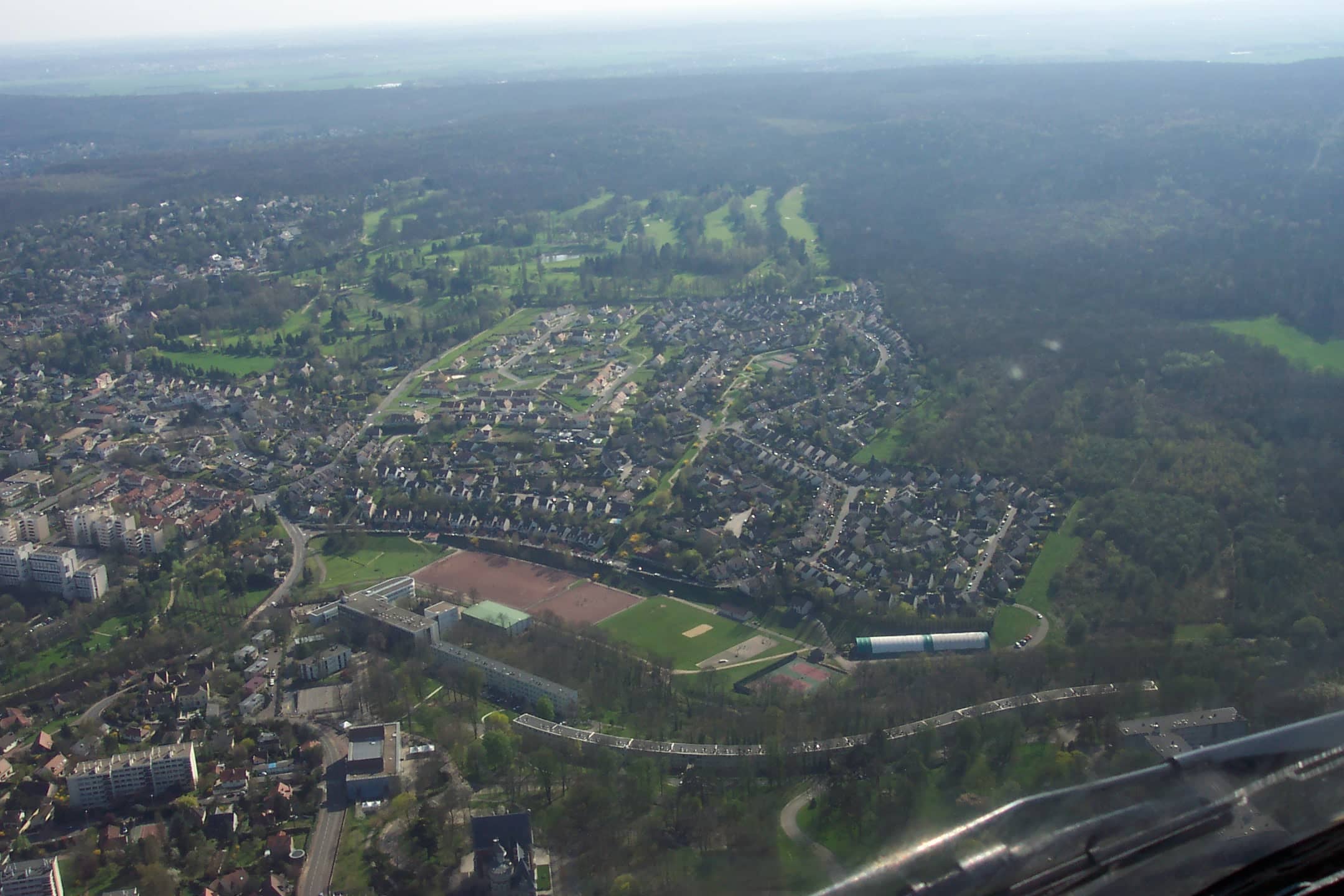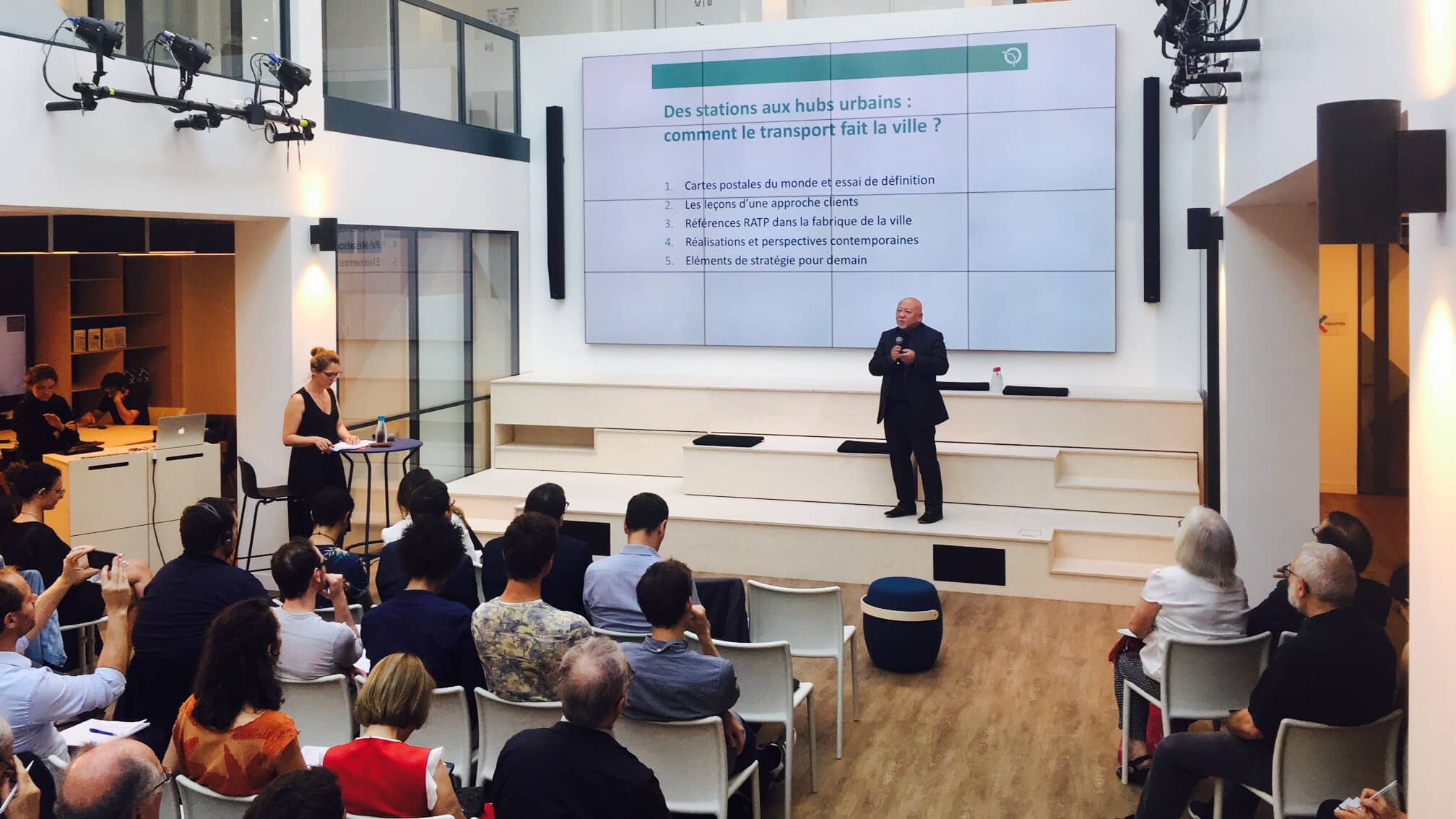

University of the City of Tomorrow – Is the low-carbon city for all possible?
The health, economic and social crisis linked to the coronavirus has shaken many certainties, especially concerning urban spaces: where to live? How to live in the city? How to get around? How to eat there? These questions are being raised at a time when cities and their infrastructures have shown remarkable stability during the crisis. In fact, they show the need for a long-term reflection on the adaptation of cities to global changes but also to local impacts, marked by a high degree of uncertainty: the management of this health crisis and the occurrence of other zoonoses, of course, but also, and above all, climate change. These questions cannot be answered alone or in a conventional manner: the complexity and interconnectedness of the issues at stake require a cross-fertilization of points of view, the pooling of skills and the creation of intersectoral cooperation to meet the challenges facing cities and their societies. They also require that we take time to have an action-oriented reflection.
The project of the University of the City of Tomorrow, launched in December 2019 by the Palladio Foundation and La Fabrique de la Cité, is to create a space for reflection and work for national and international public and private decision-makers but also to provide concrete answers to the following question: is the low-carbon metropolis for all (still) possible? At the heart of this question are several issues on which we have heard from a series of experts:
- Resilience: building the low-carbon city requires linking the time of emergency and the short term with that of prevention and the long term. Magali Reghezza-Zitt, a lecturer specialized in environmental issues which she approached through the prism of resilience, drew a parallel between the Covid-19 crisis and climate change by showing the need to focus on hardening strategies, i.e. the adoption of preventive measures to strengthen the capacity of cities and their inhabitants to cope with a shock, rather than on a single strategy of repair.
- Funding: while there is a consensus on the objective of carbon neutrality – in terms of net emissions – the means and investments to achieve it are not always well-identified. It is necessary to rethink the relationship between metropolises and their surrounding territories, which can potentially absorb their residual emissions, and to direct their investments towards low-carbon projects, particularly in the field of energy renovation and infrastructures. Benoît Leguet, Director General of the Institute for Climate Economics (I4CE) and member of the High Council for Climate, showed that although investments in this direction are currently progressing in France, they remain insufficient and emissions are struggling to decline.
- Creating a shared vision: drastically reducing anthropogenic greenhouse gas (GHG) emissions requires the adoption of strong and ambitious measures in the areas of housing, transport, mobility, energy production and waste management. These measures will have very concrete consequences in terms of lifestyles but will not affect all inhabitants to the same extent. Will the post-carbon city be inclusive? Will it be able to happen if it ignores the challenge of spatial justice it raises? Cyril Roger-Lacan, State Councilor and former Founding President of Tilia, Patrick Braouezec, President of Plaine Commune, and Thierry Pech, Co-President of the Citizen’s Convention for Climate, have shown that, to be successful, this transition will not avoid involving all citizens and creating a movement of support from businesses and inhabitants.
- Linking urban planning to mobility: the transport sector is one of the main contributors to GHG emissions. How can mobility be decarbonized? Would demobility and alternative modes of transport to thermal vehicles (such as bibycles) be a solution, as some current discussions suggest? The debate actually lies elsewhere, as Jean Coldefy, independent expert and Director of the Mobility 3.0 program at ITS France, and Jacques Levy, geographer, urban planner and professor at the École Polytechnique Fédérale de Lausanne, have shown us: in order to lower the carbon intensity of mobility, we need to focus on the journeys that contribute most to emissions (daily medium-distance journeys) and on what motivates them, i.e. rethinking the links between mobility and urban planning.
What these issues and the project of the University of the City of Tomorrow show is that building the low-carbon city for all is not a challenge to be taken up by a lone horseman but by musketeers.
No time to read? La Fabrique de la Cité has got you covered. Check our newsletter #37.
To be informed of our upcoming publications, please subscribe to our newsletter and follow our Twitter and LinkedIn accounts.
These other publications may also be of interest to you:
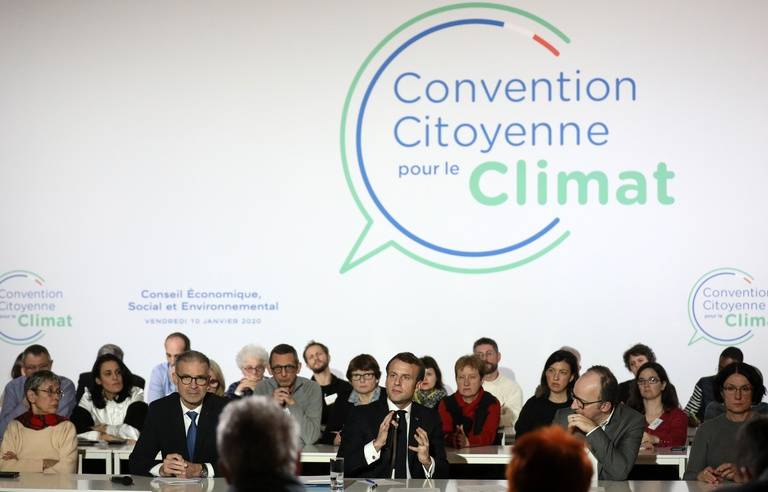
Is resilience useful?
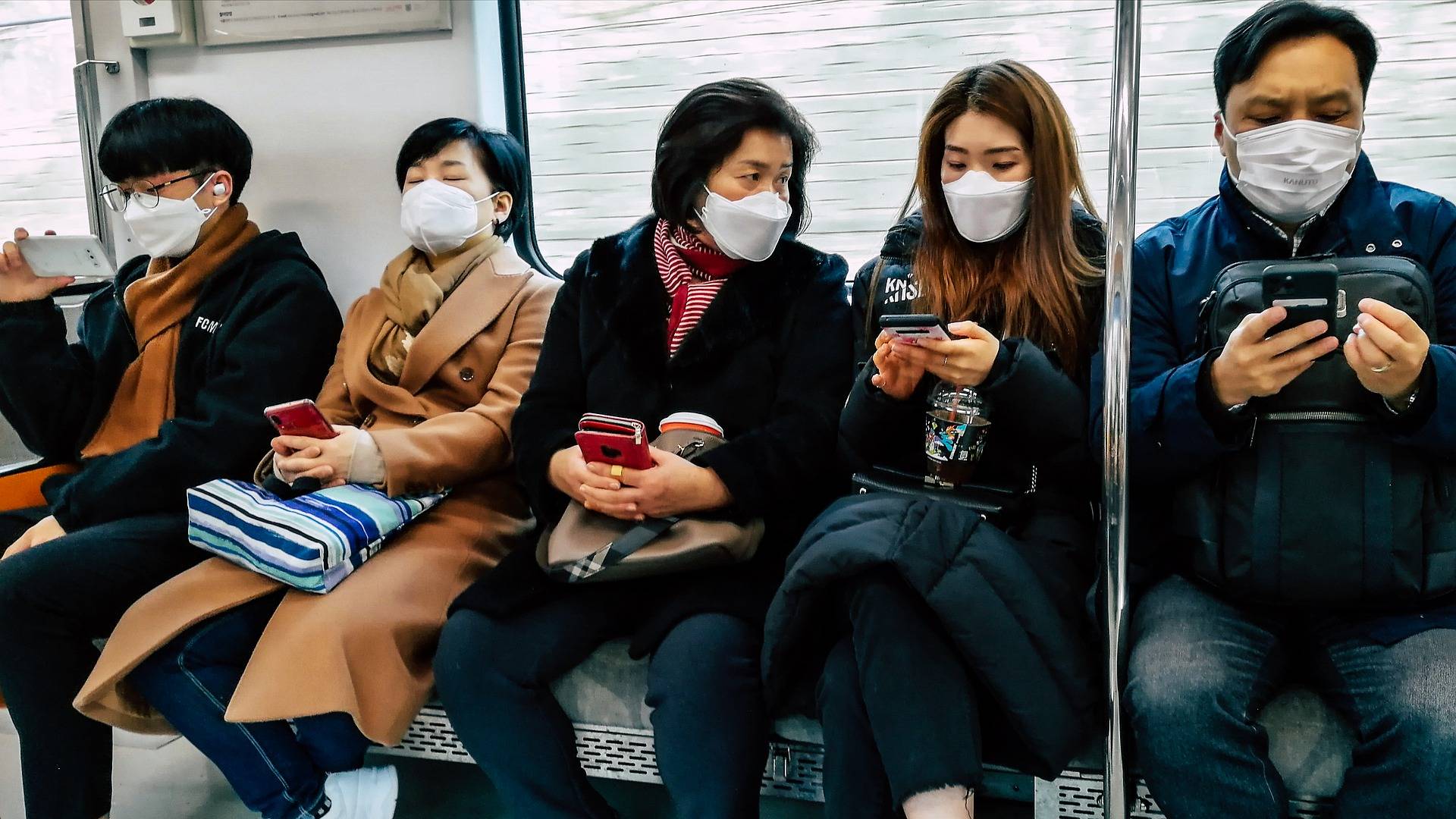
Sending out an SOS

Behind the words: telecommuting
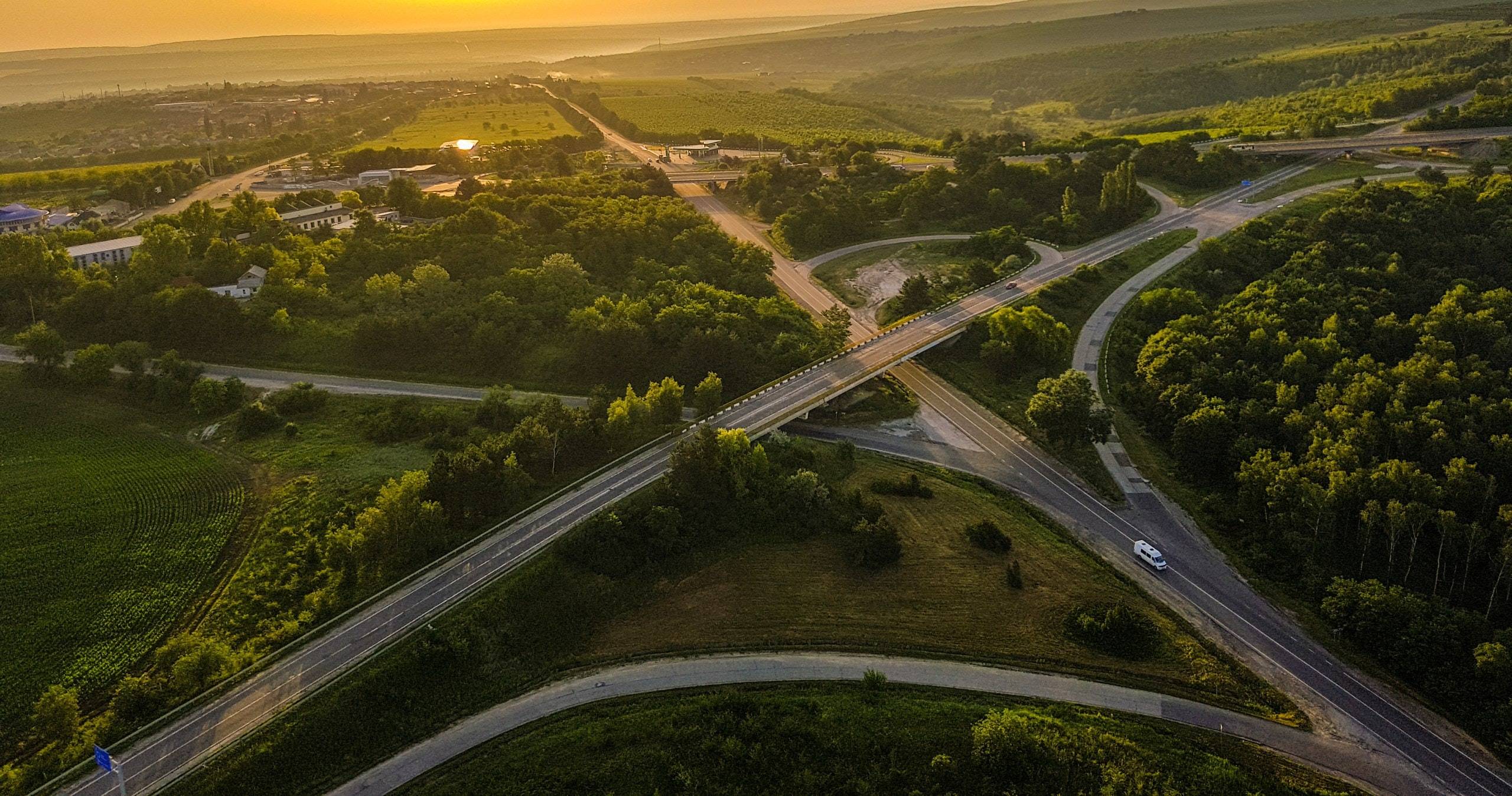
Behind the words: urban congestion
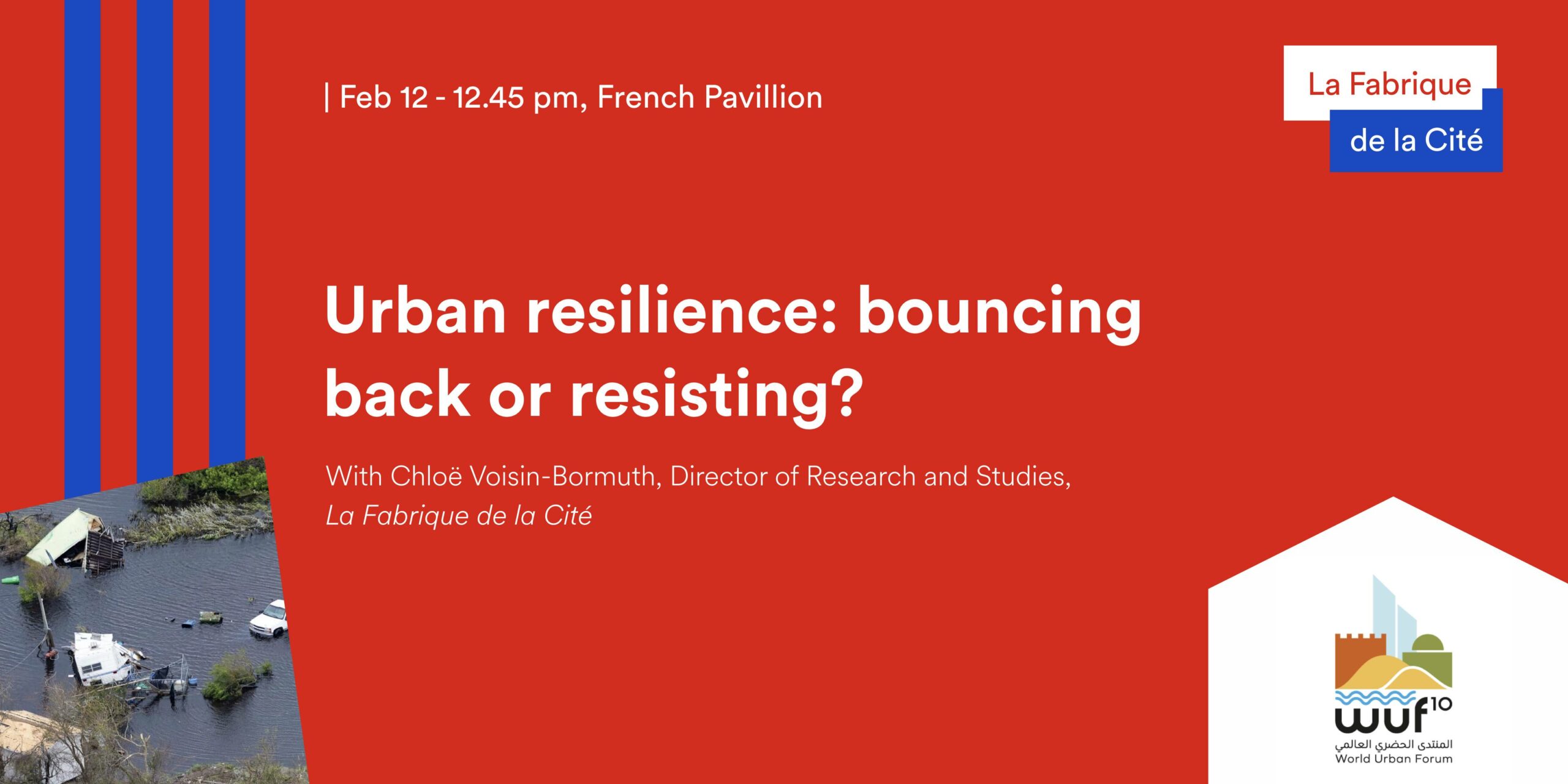
Resilience: an operational concept?
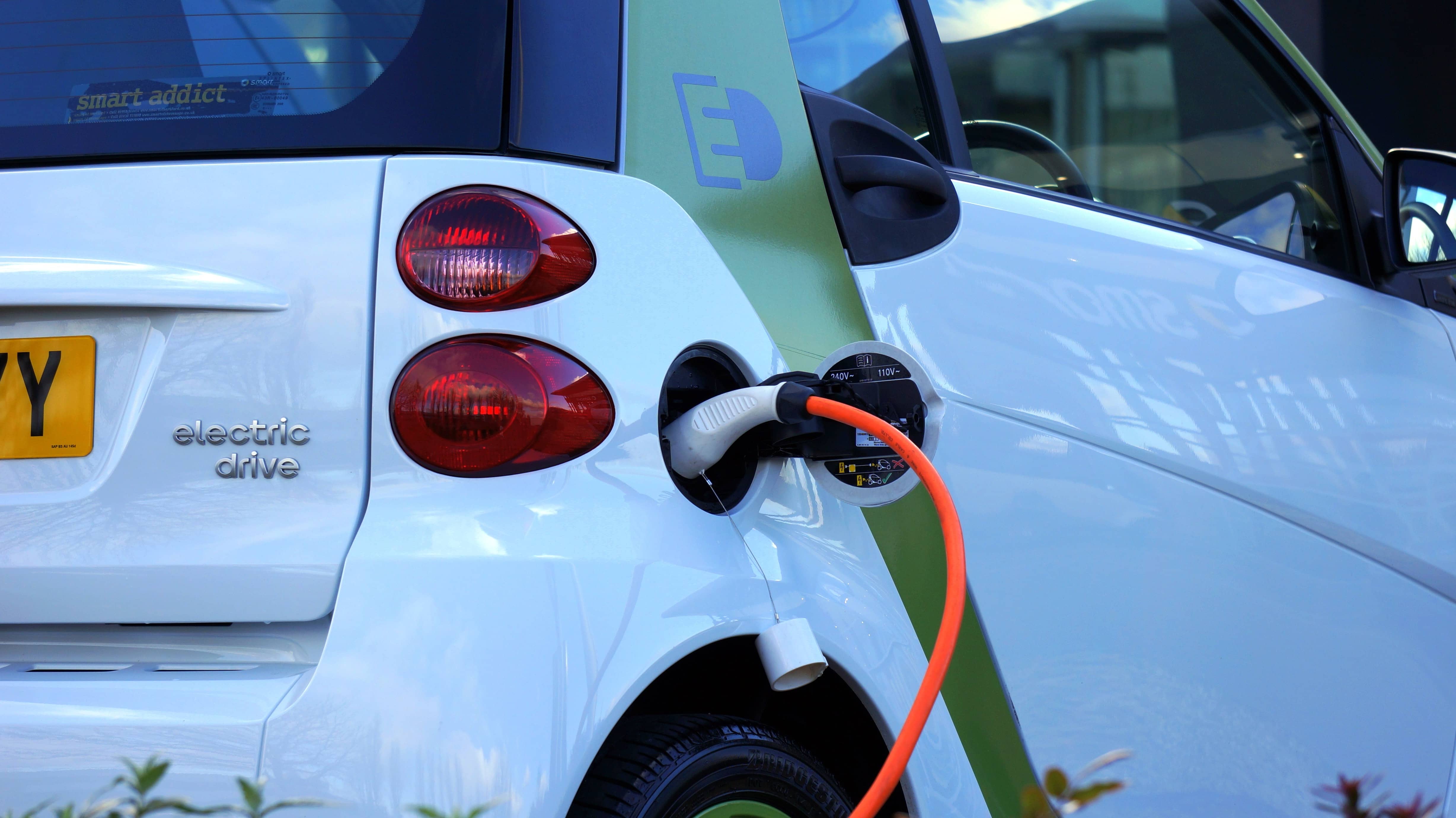
The political and technological challenges of future mobilities

Inventing the future of urban highways
“Dig, baby, dig”
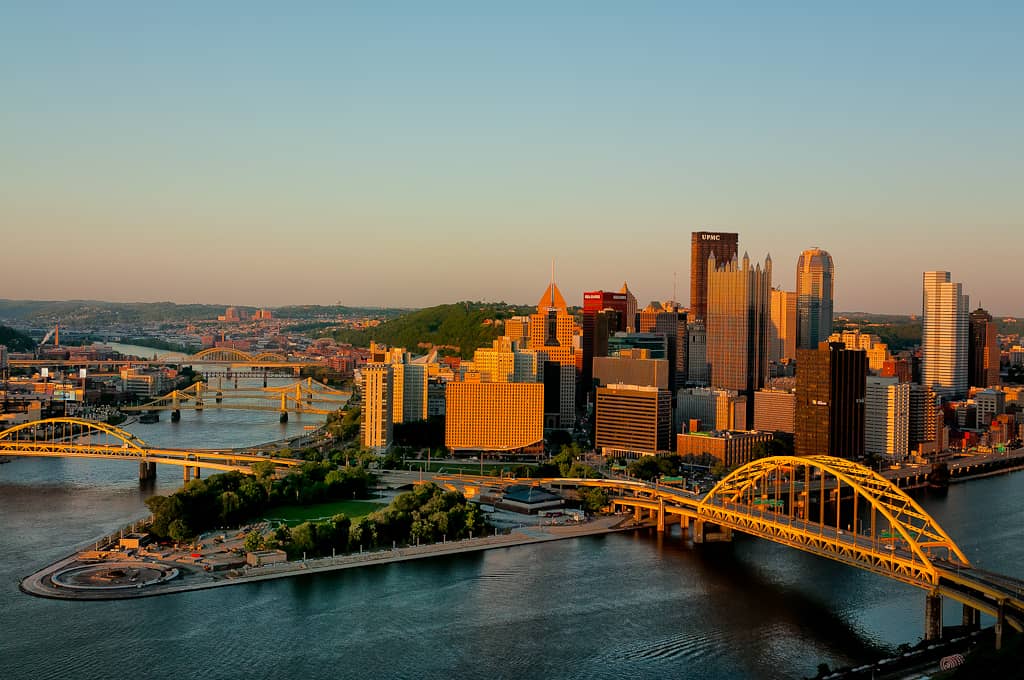
Pittsburgh: From industrial city to innovation hub
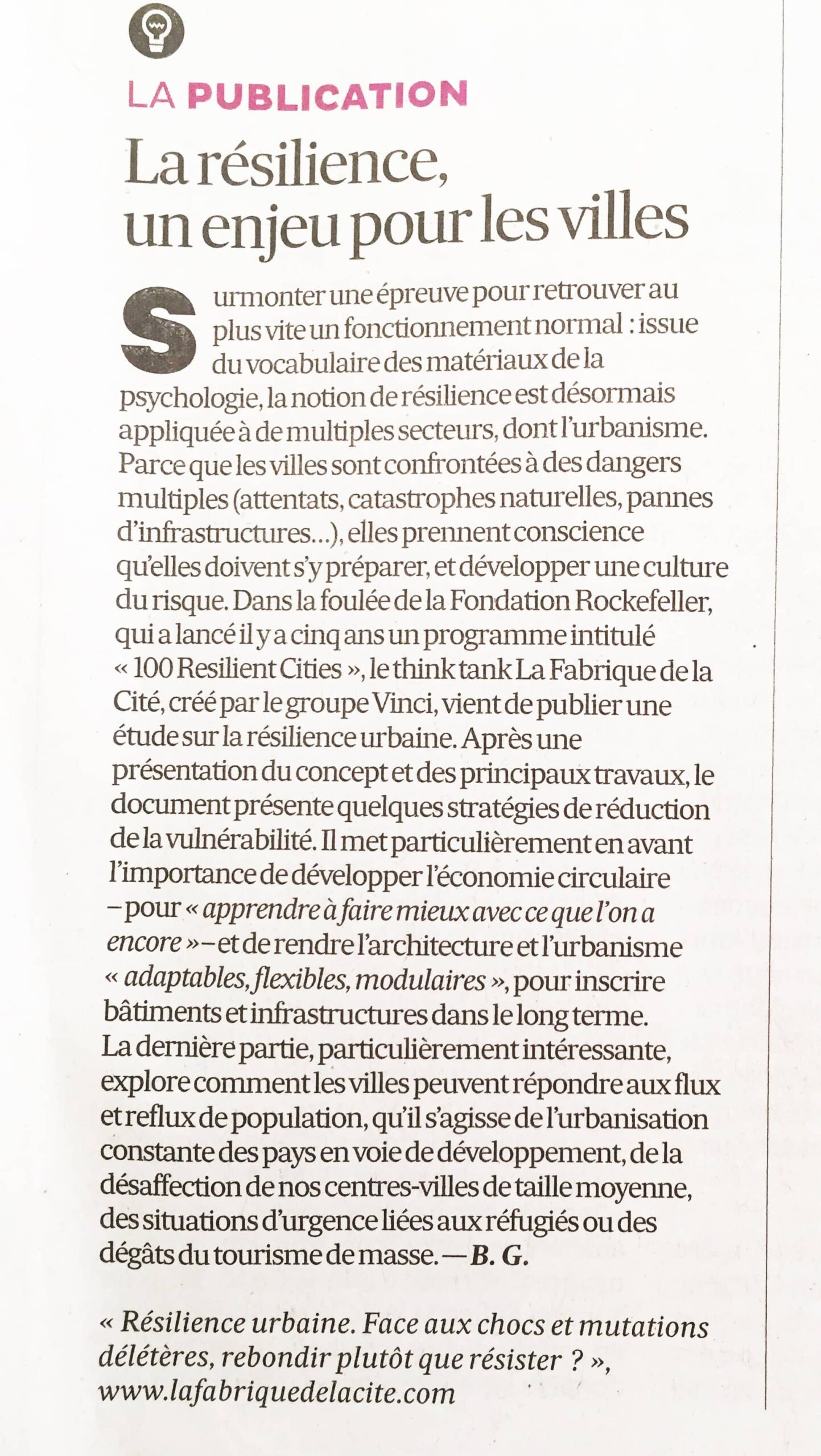
Resilience, a critical stake for cities
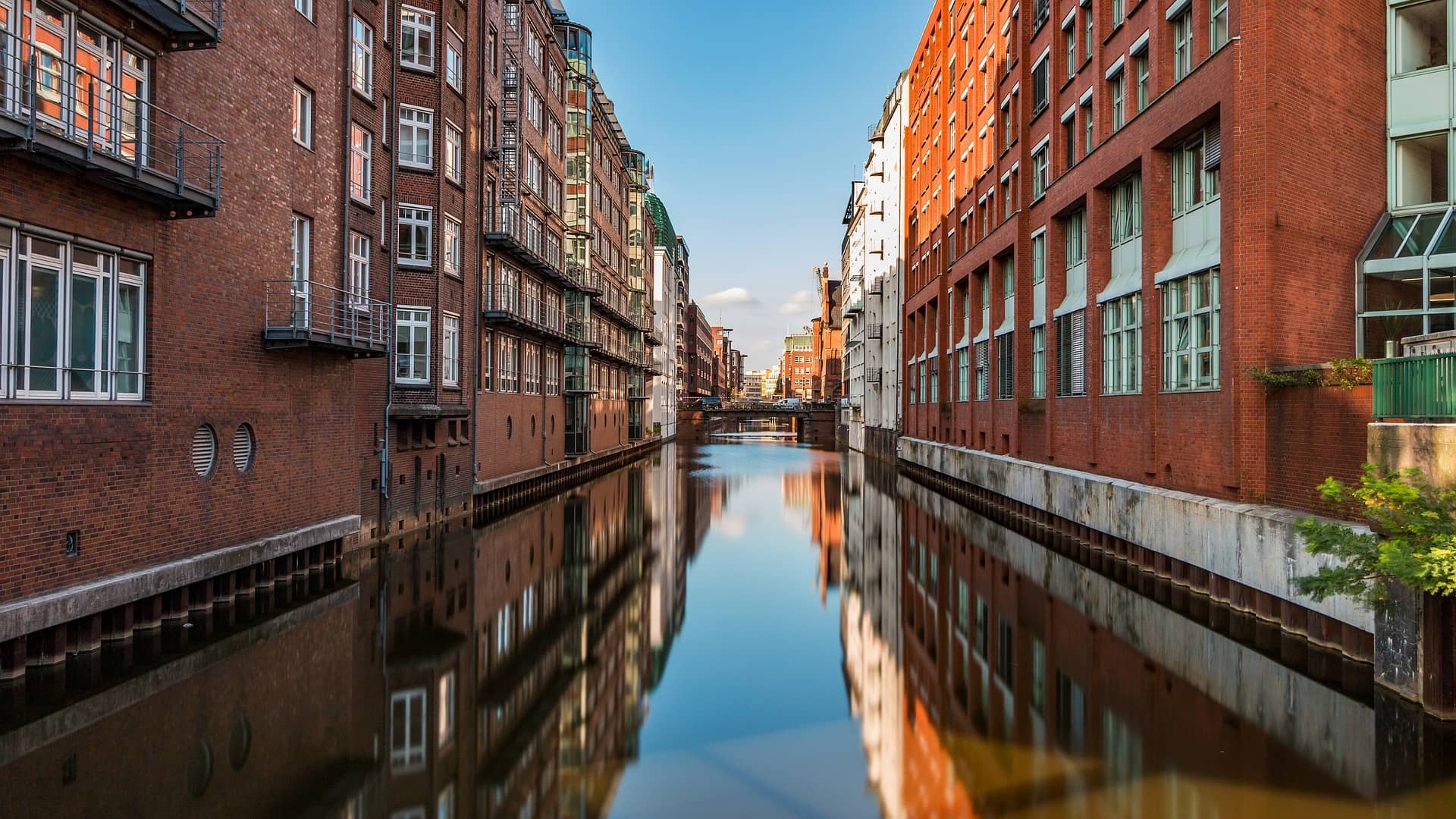
Hamburg
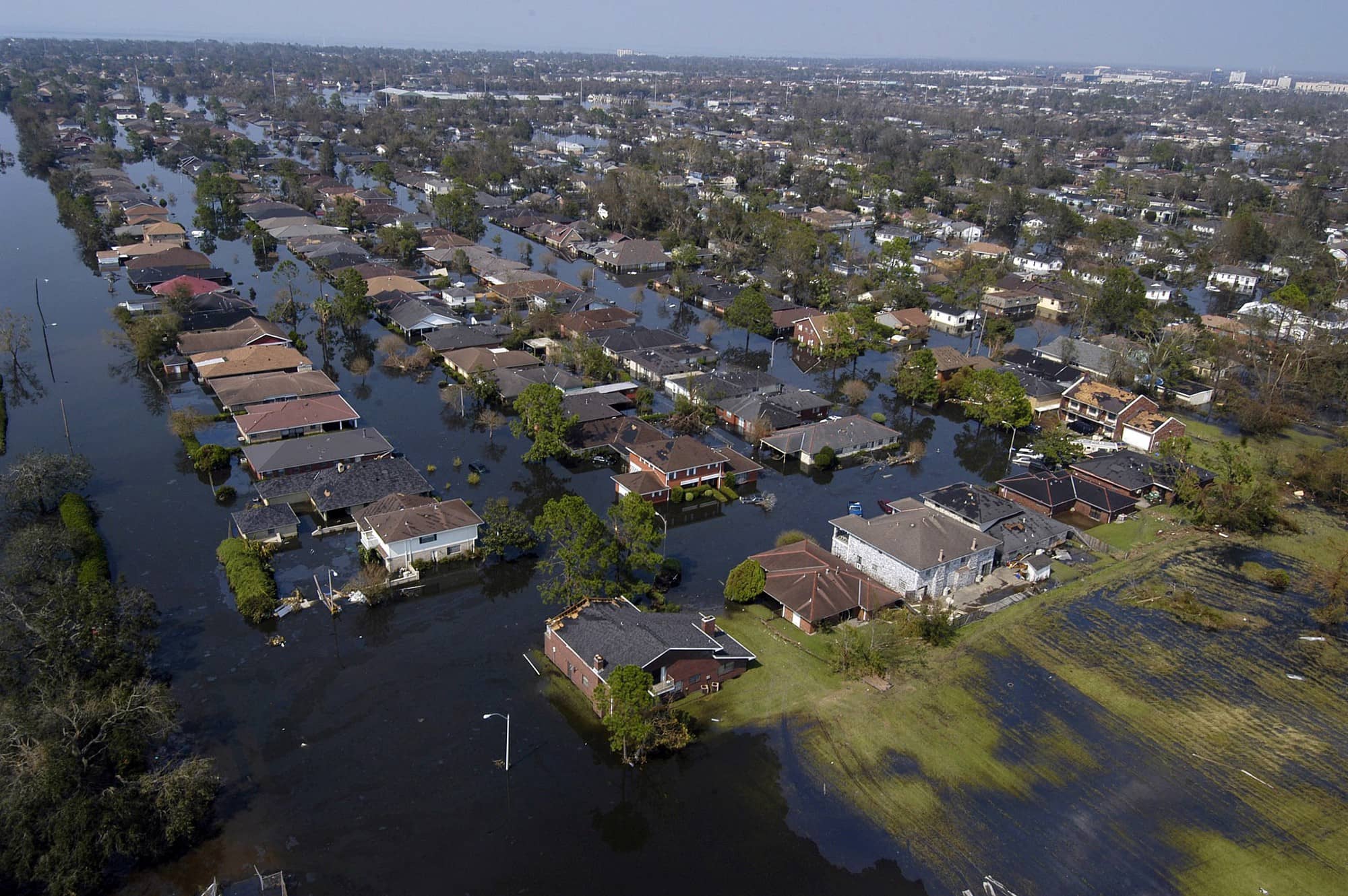
Urban Resilience
La Fabrique de la Cité
La Fabrique de la Cité is a think tank dedicated to urban foresight, created by the VINCI group, its sponsor, in 2010. La Fabrique de la Cité acts as a forum where urban stakeholders, whether French or international, collaborate to bring forth new ways of building and rebuilding cities.















